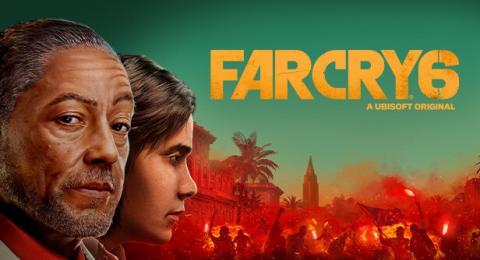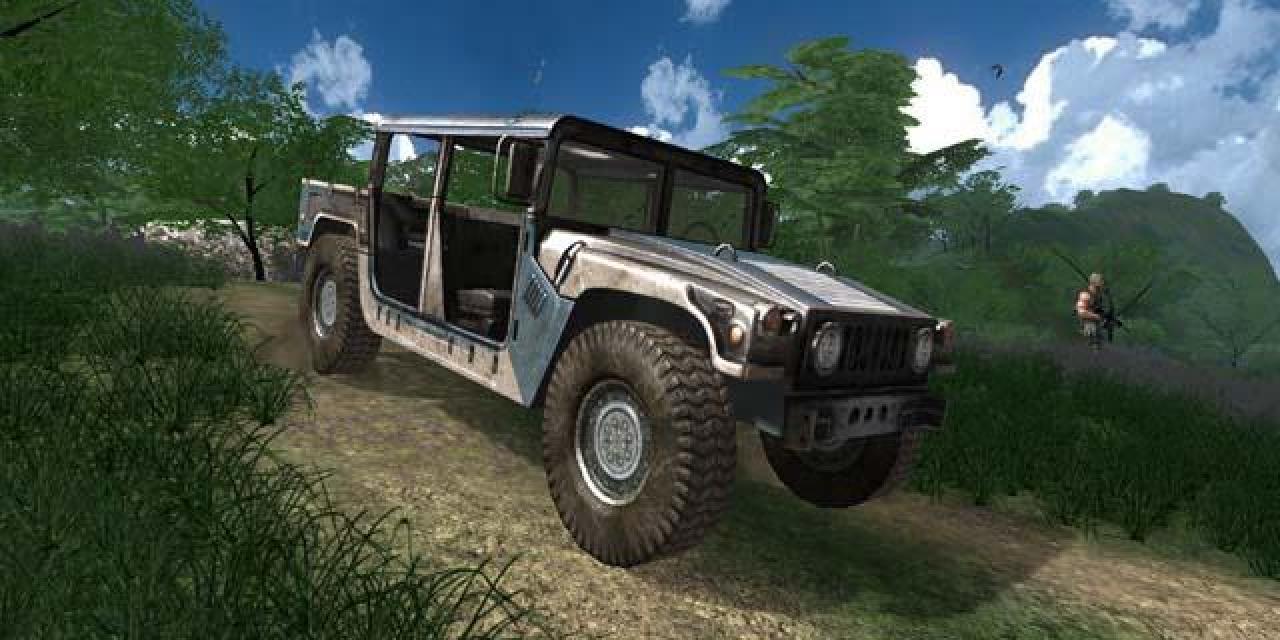
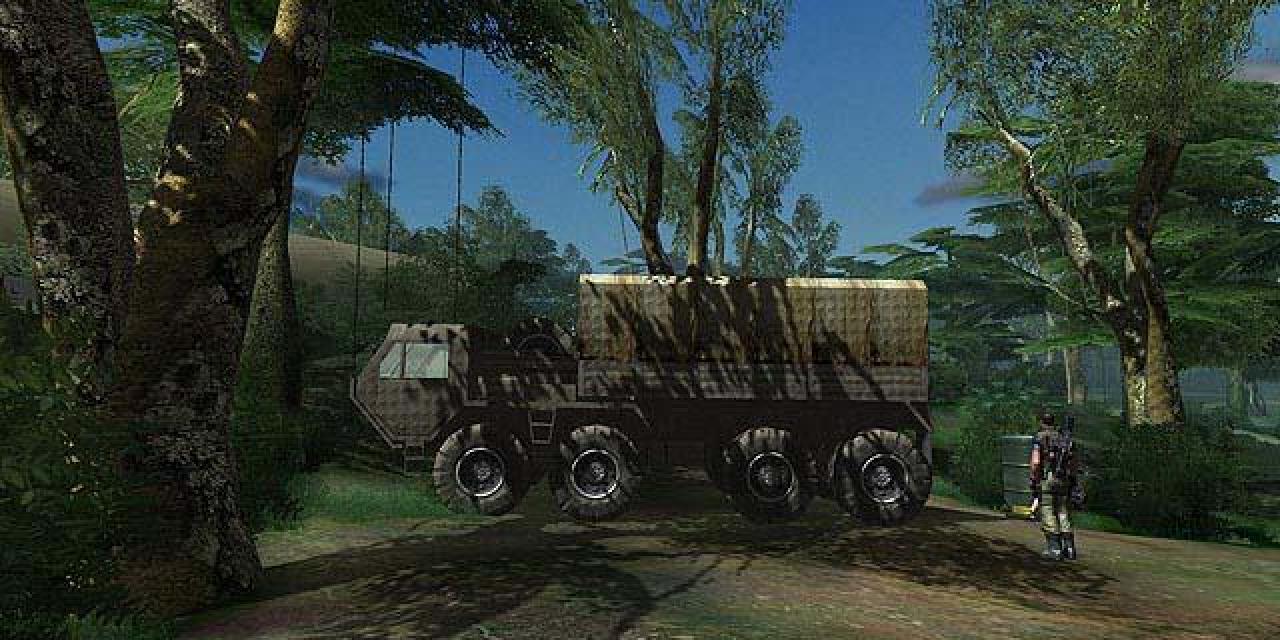

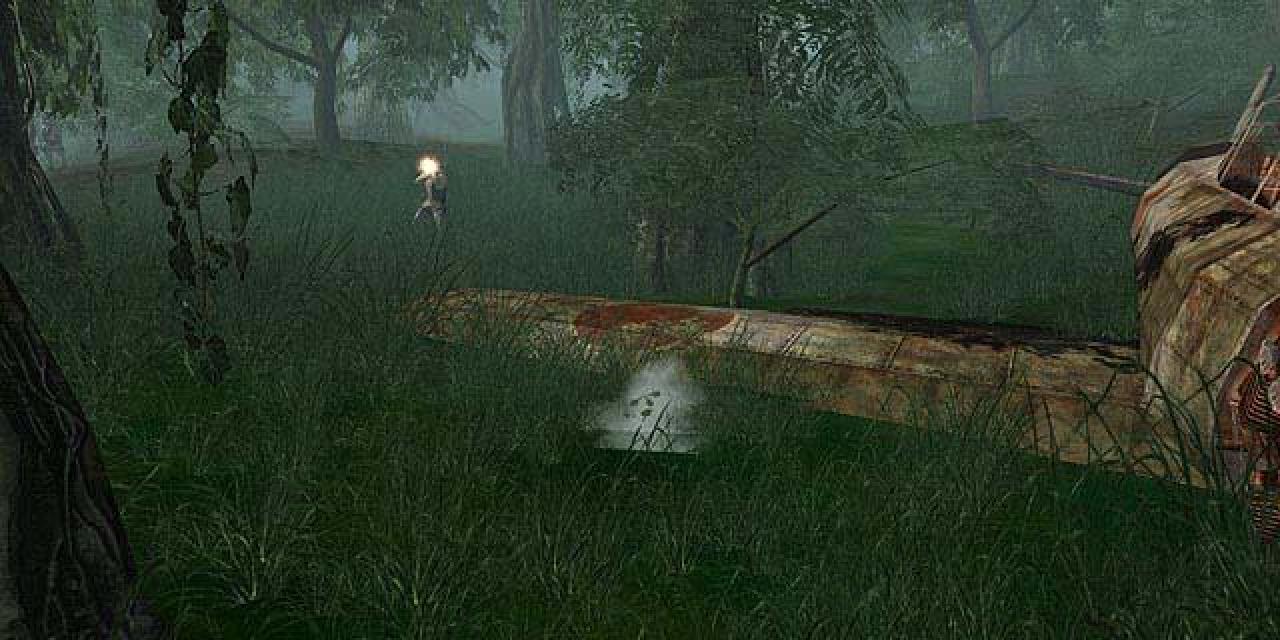
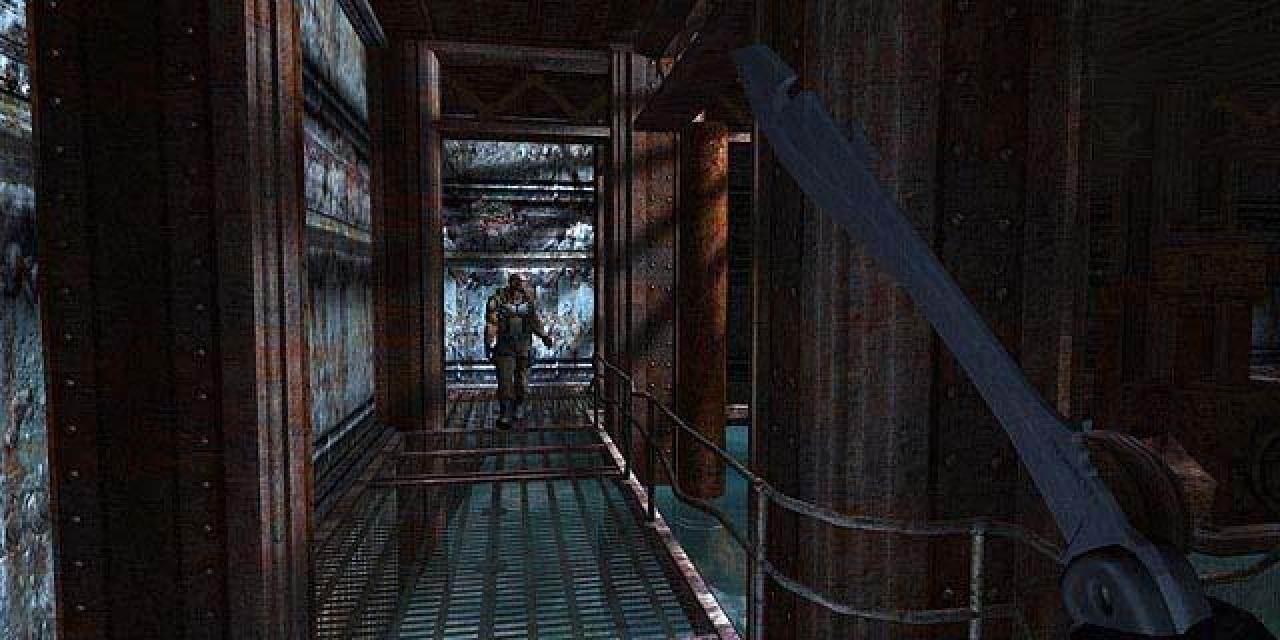
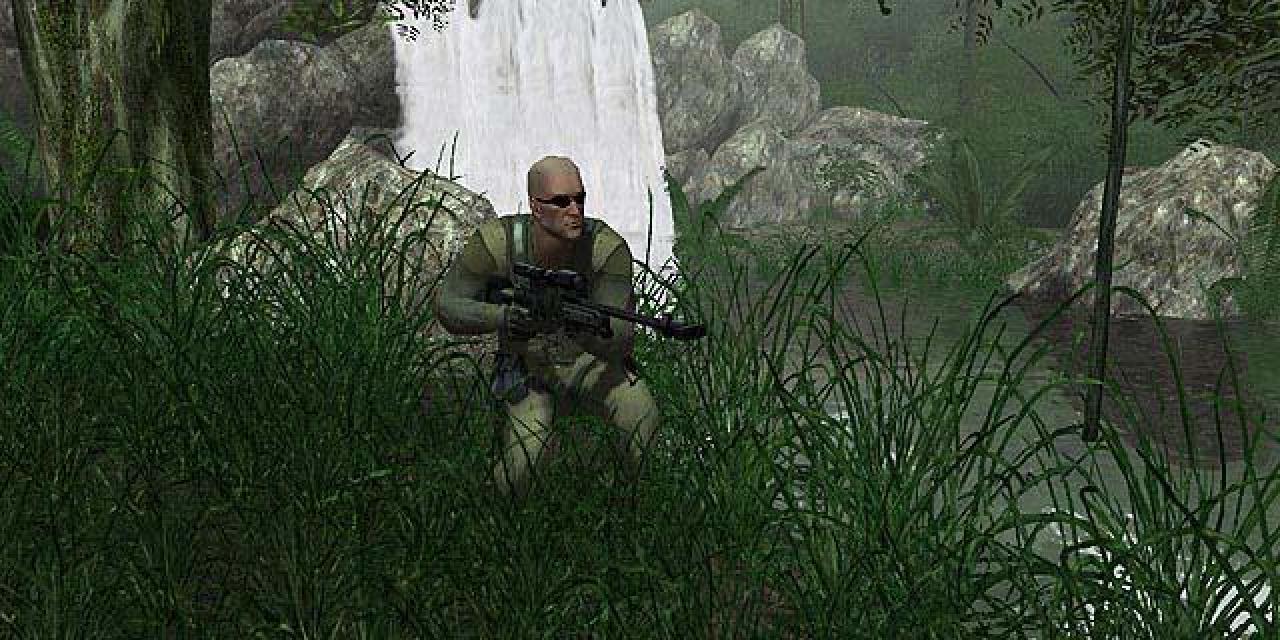

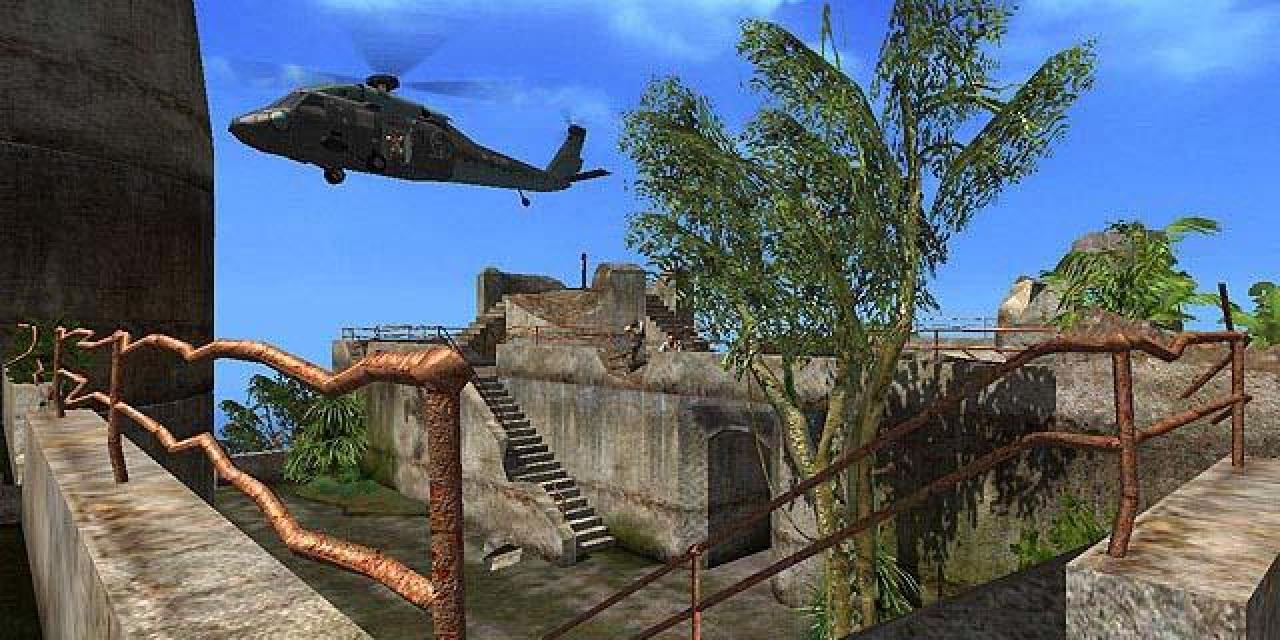

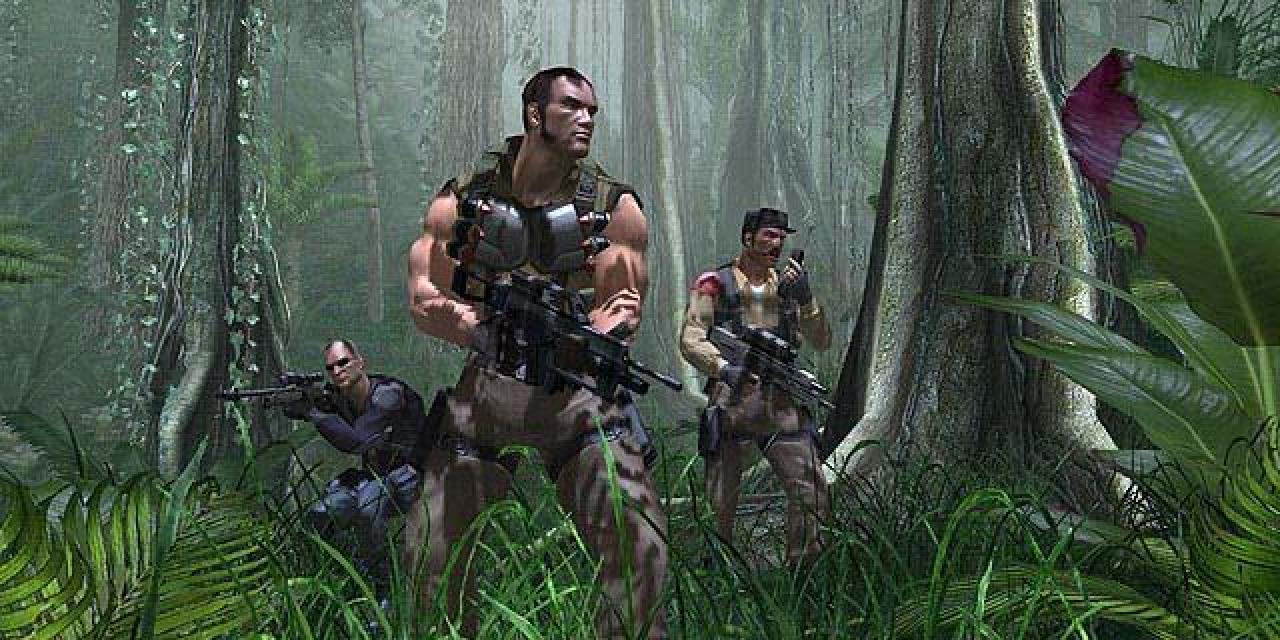

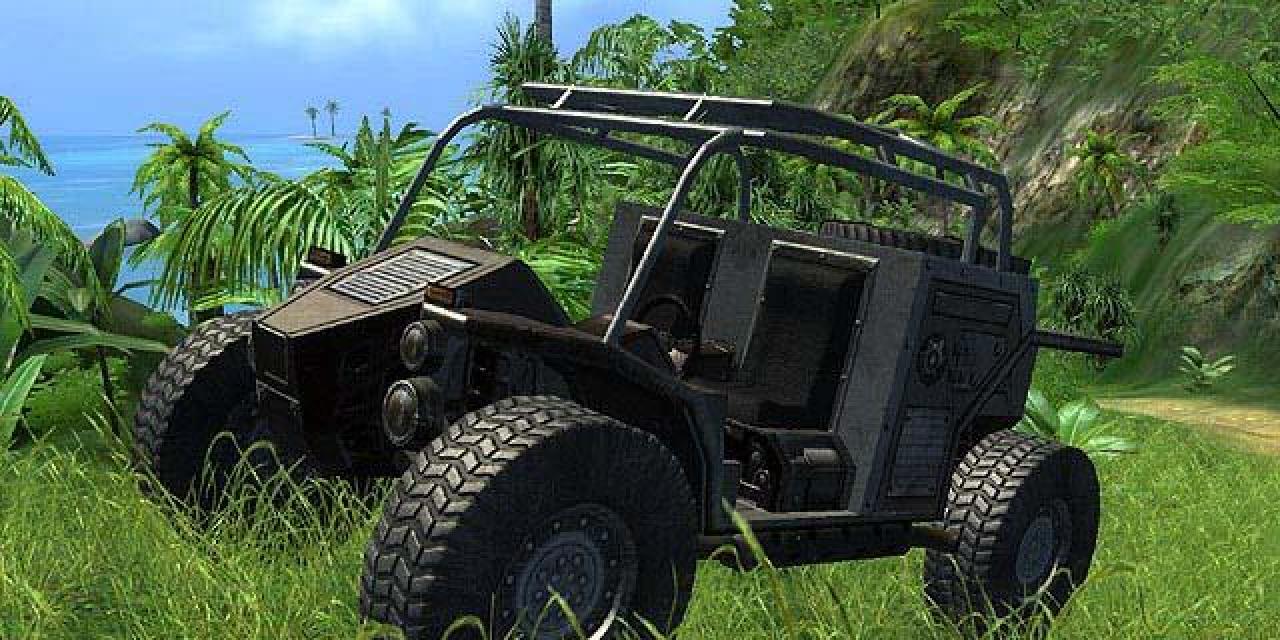
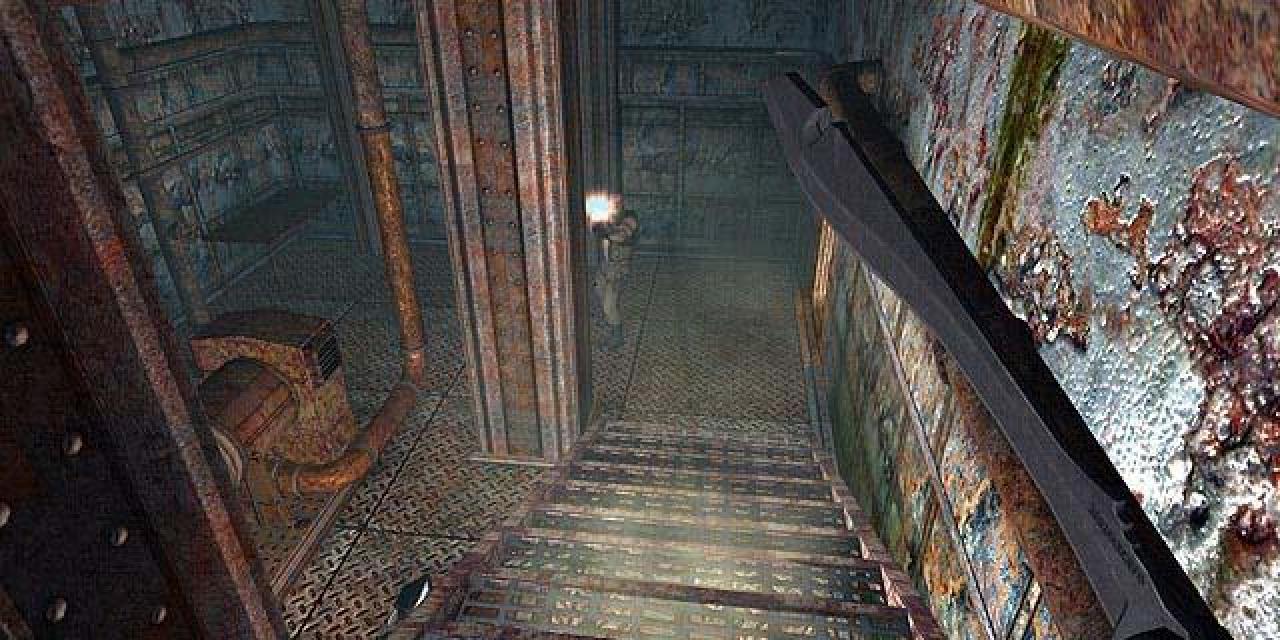
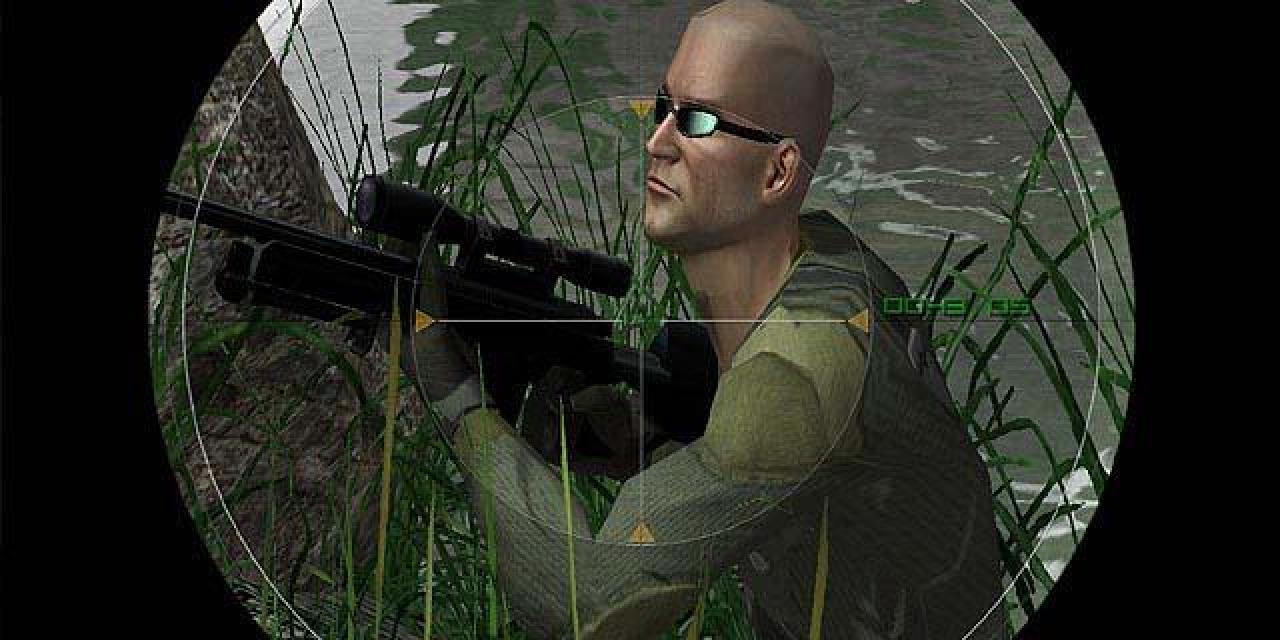
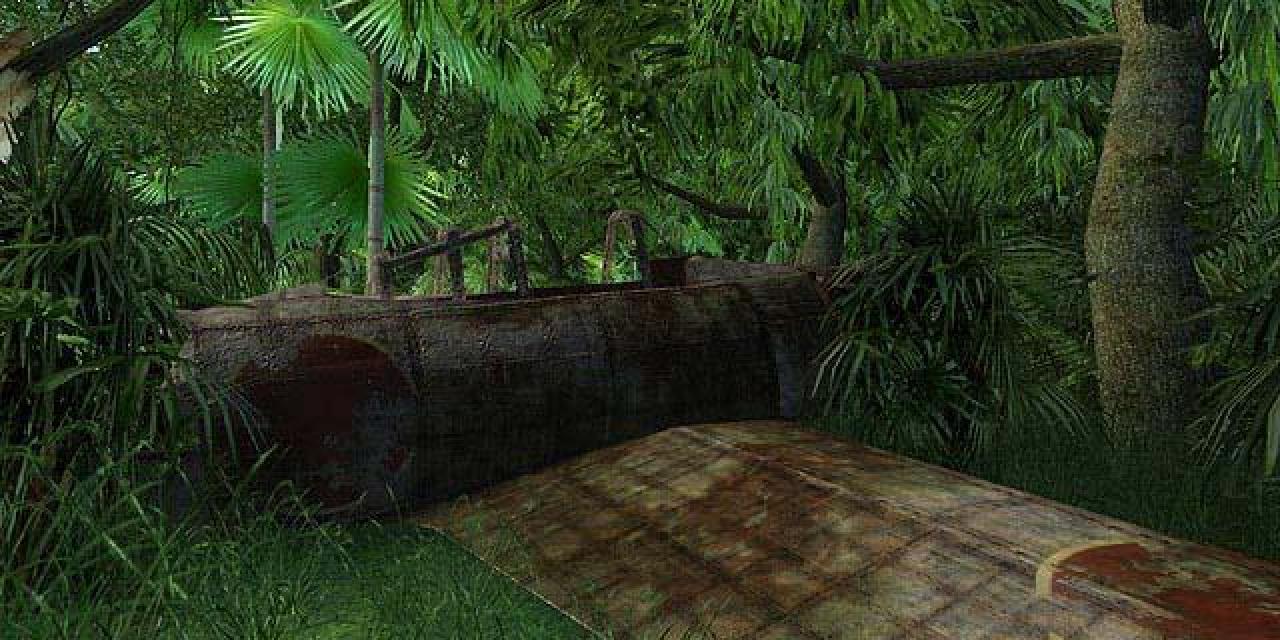
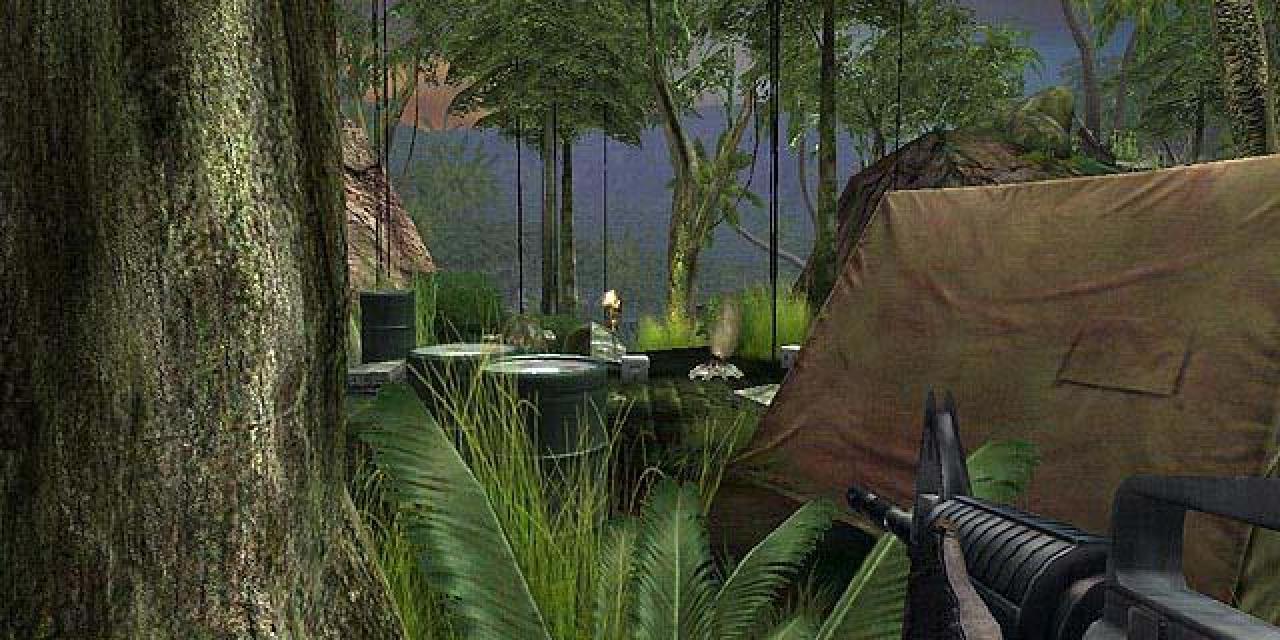
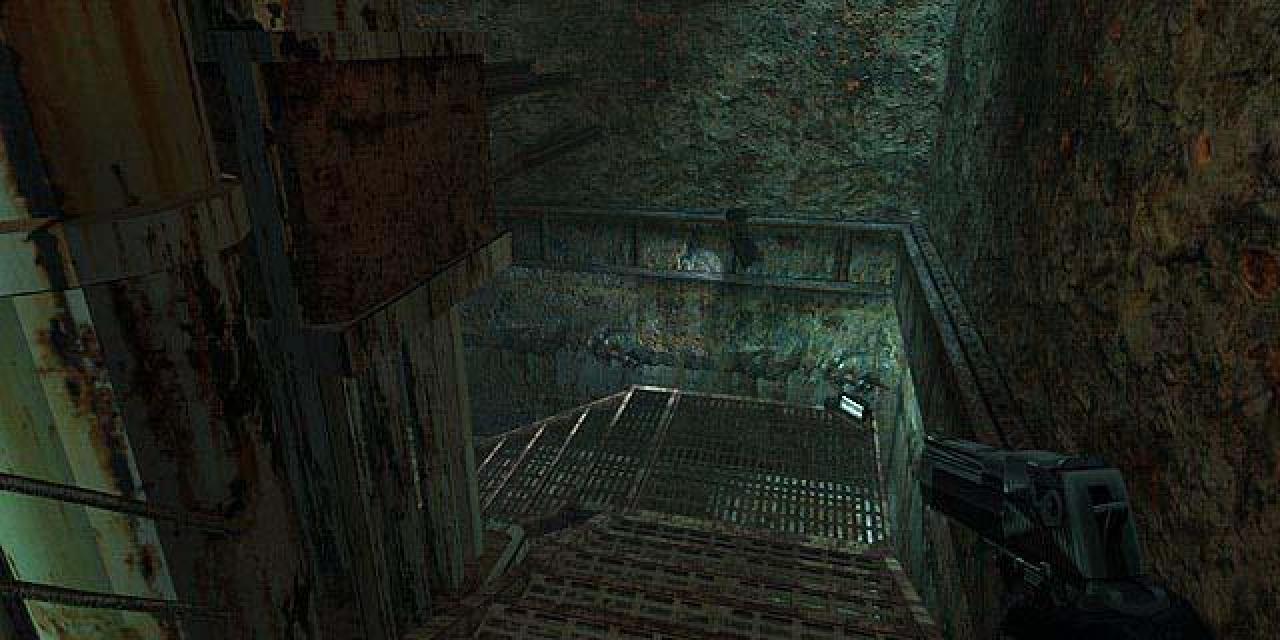
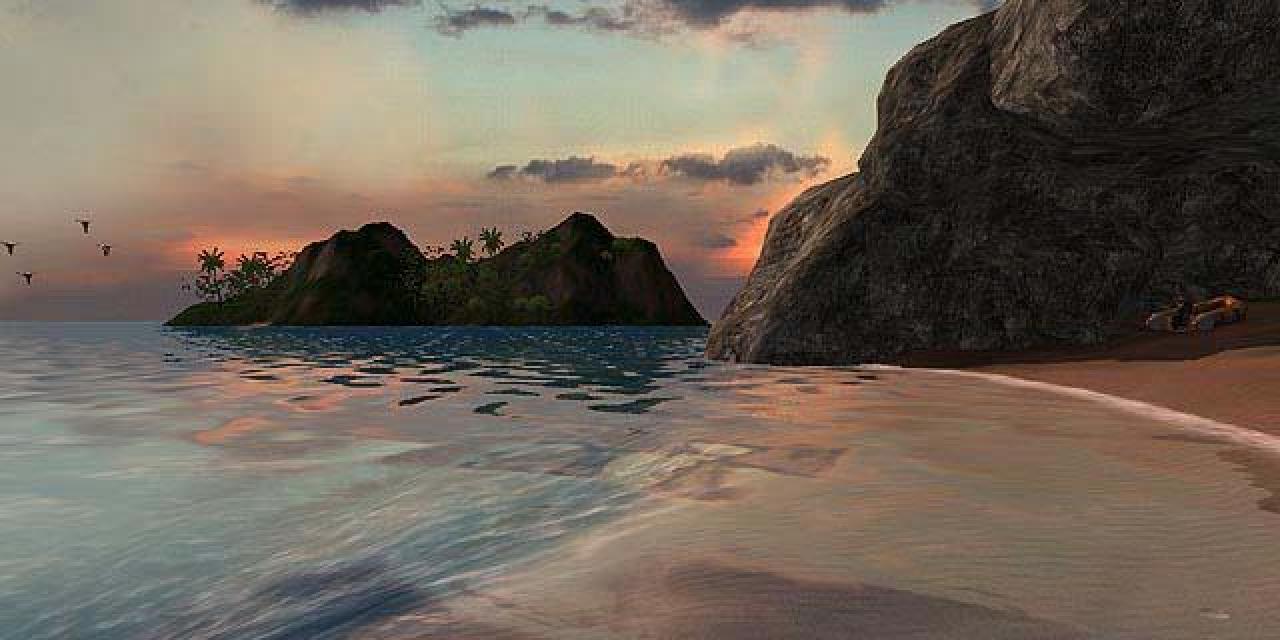
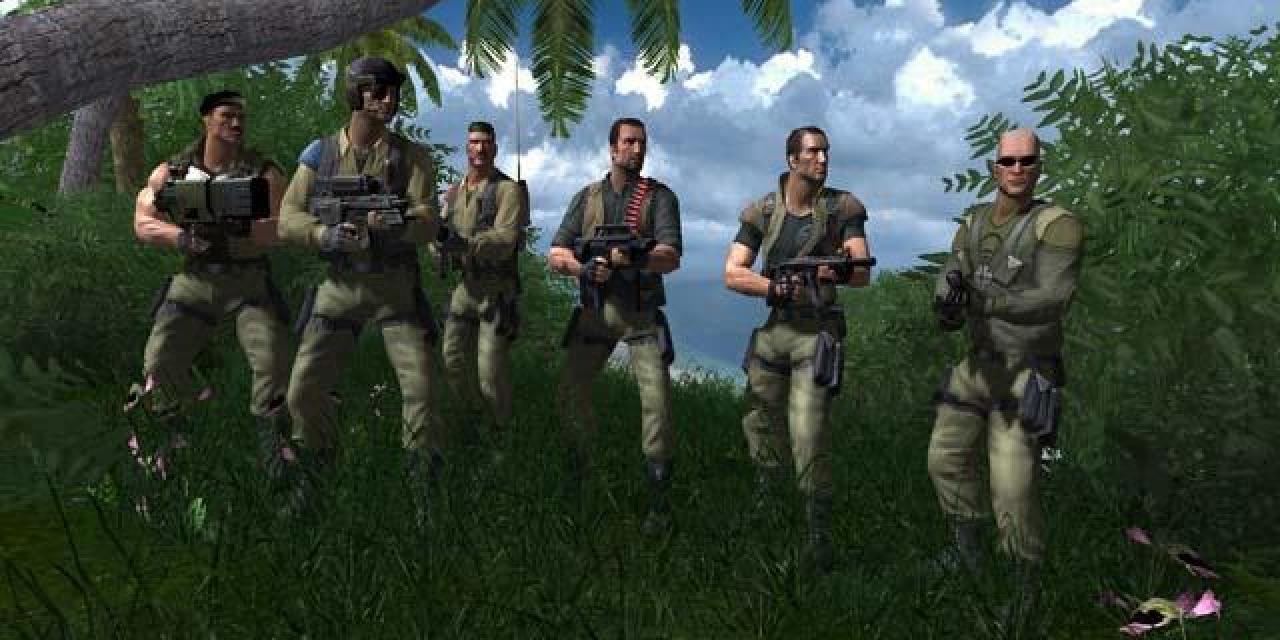


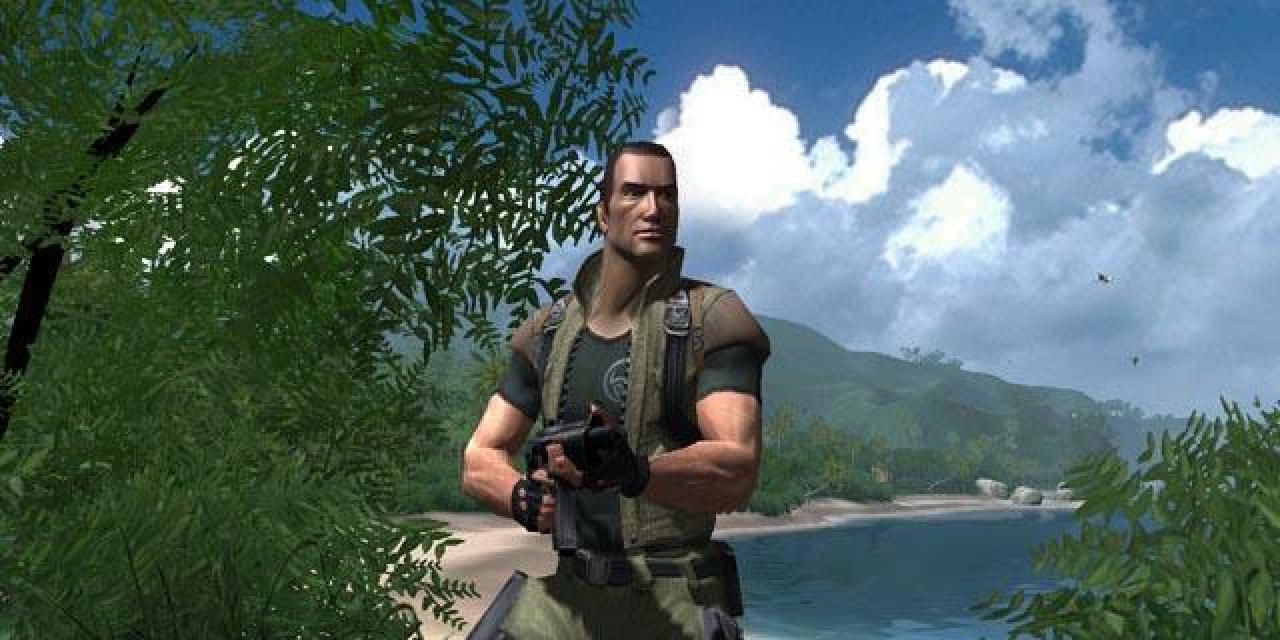

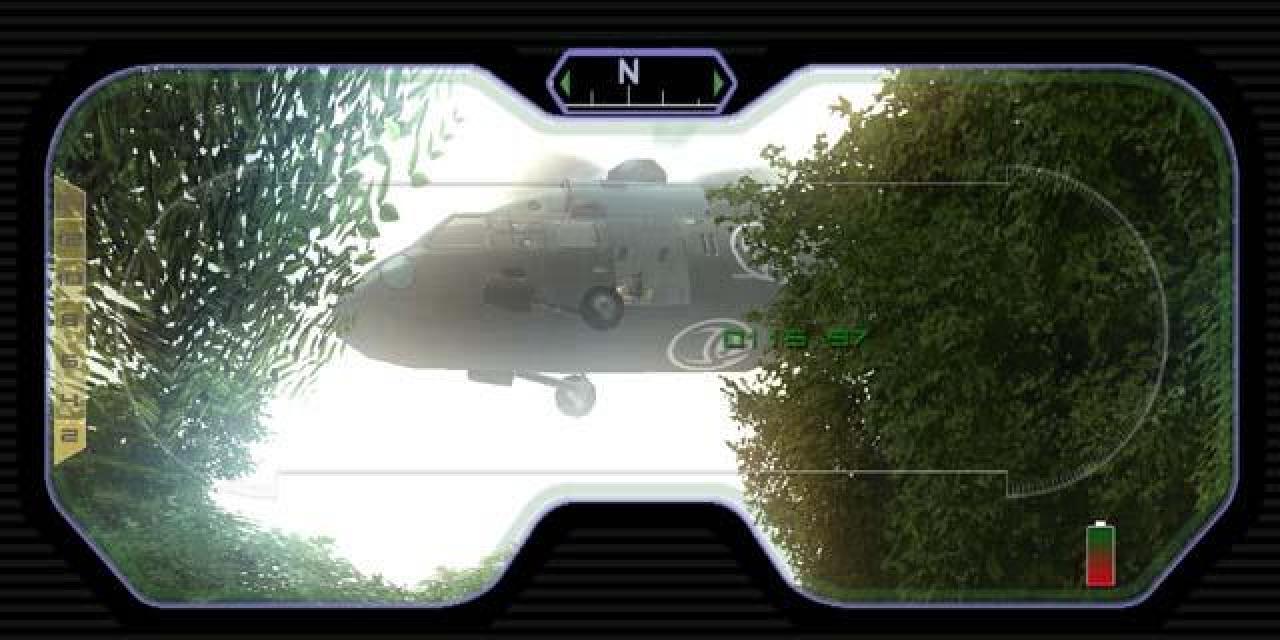
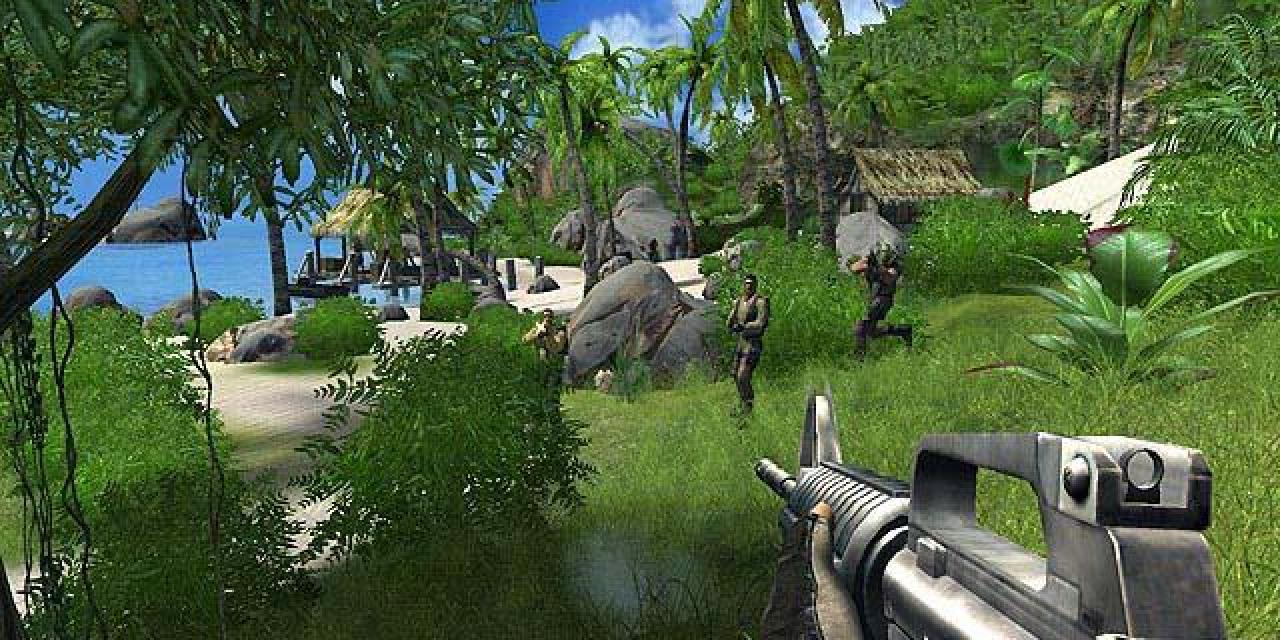
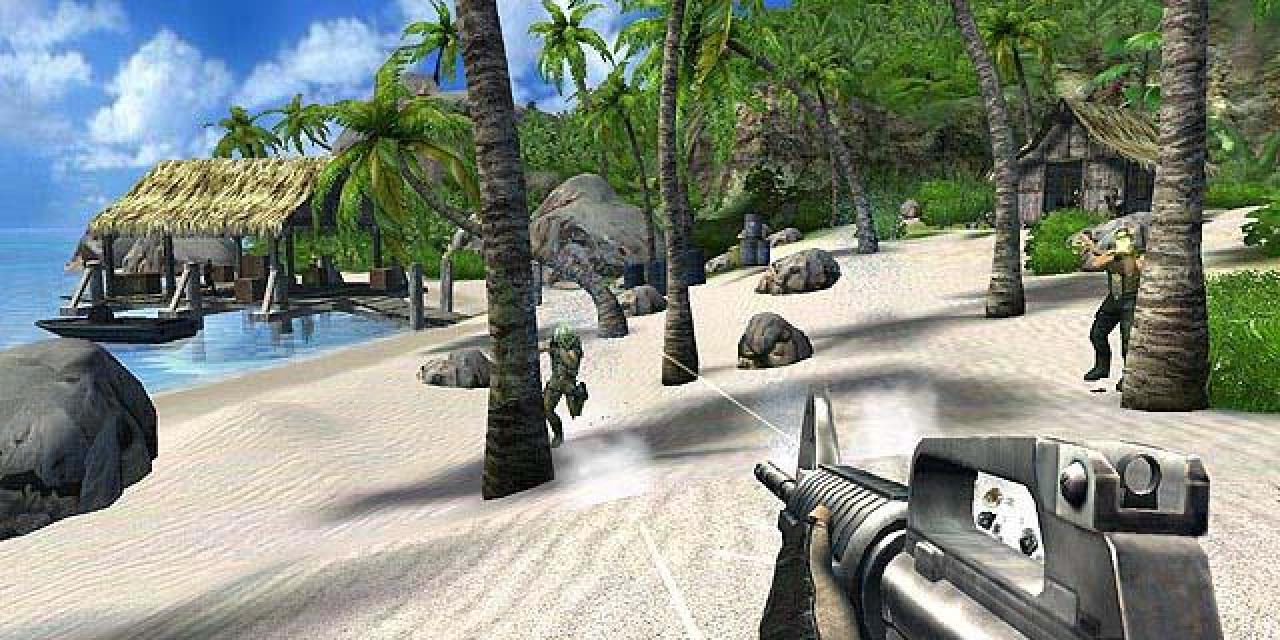
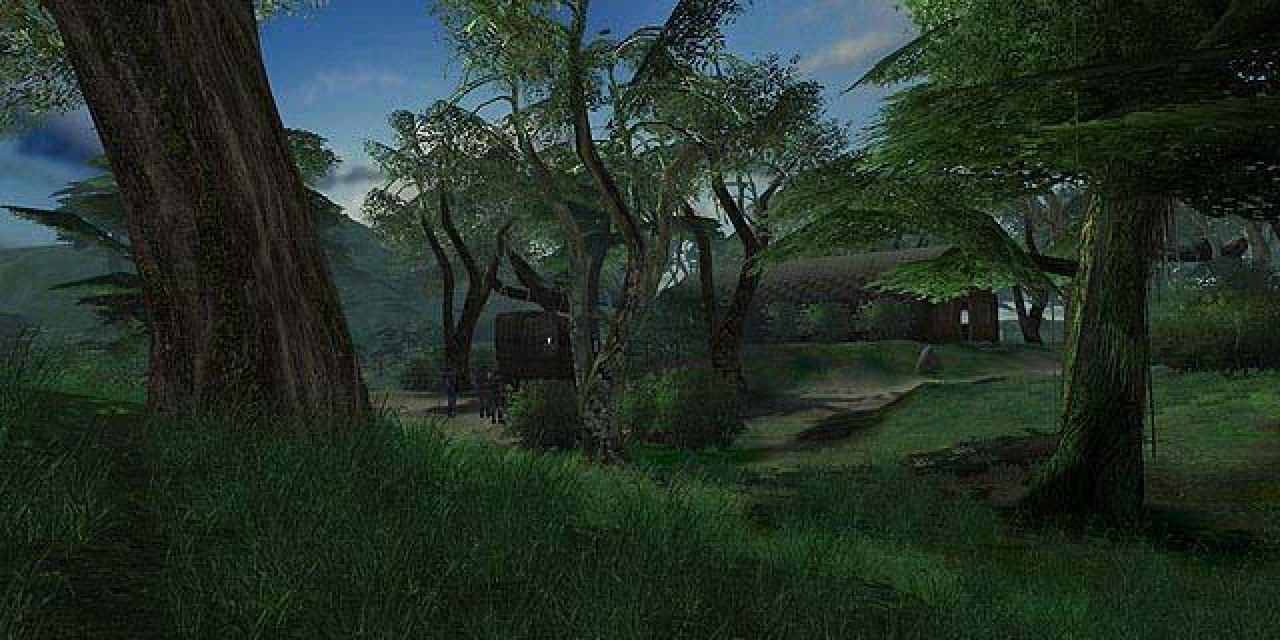
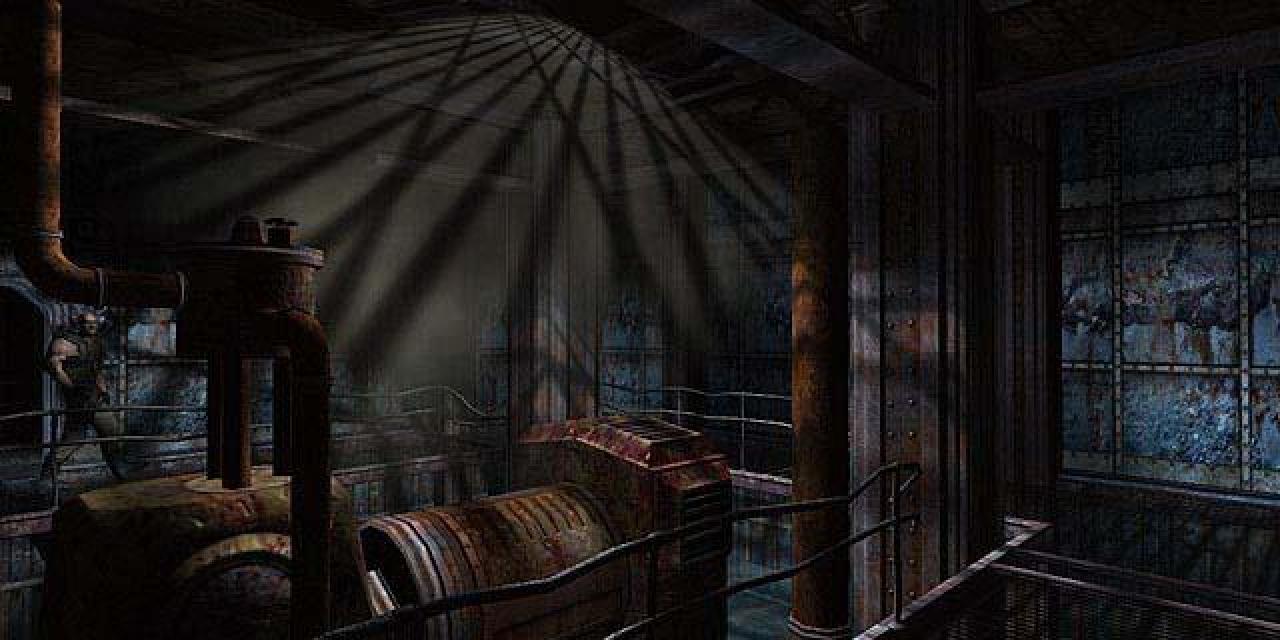
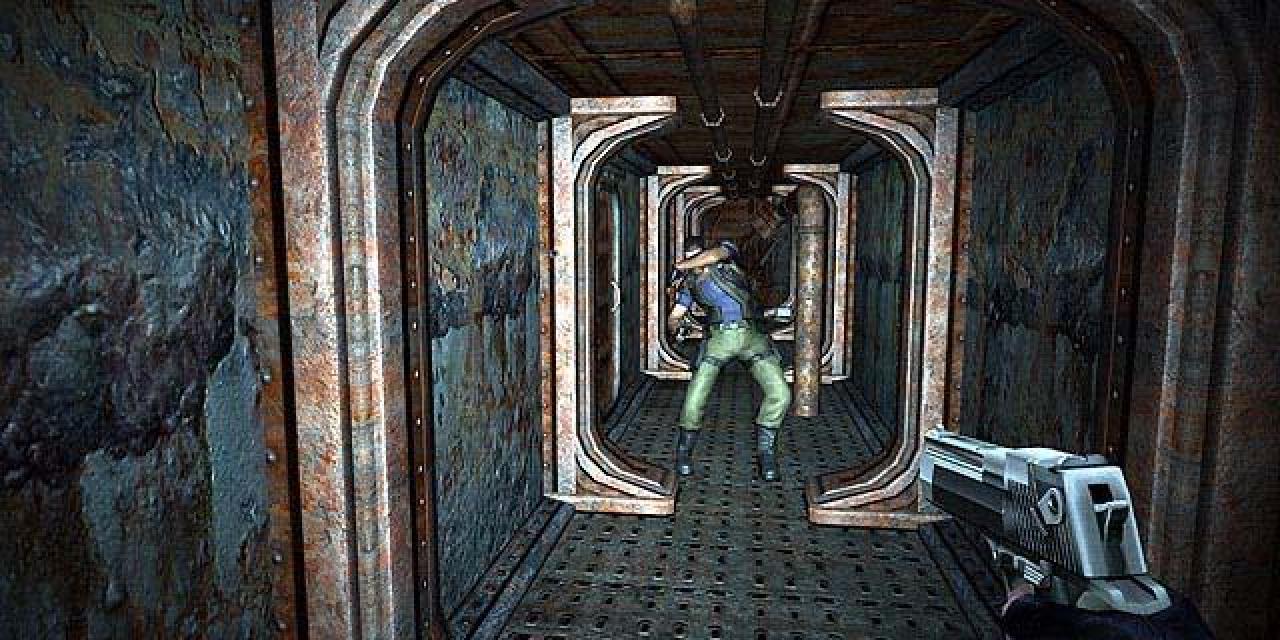
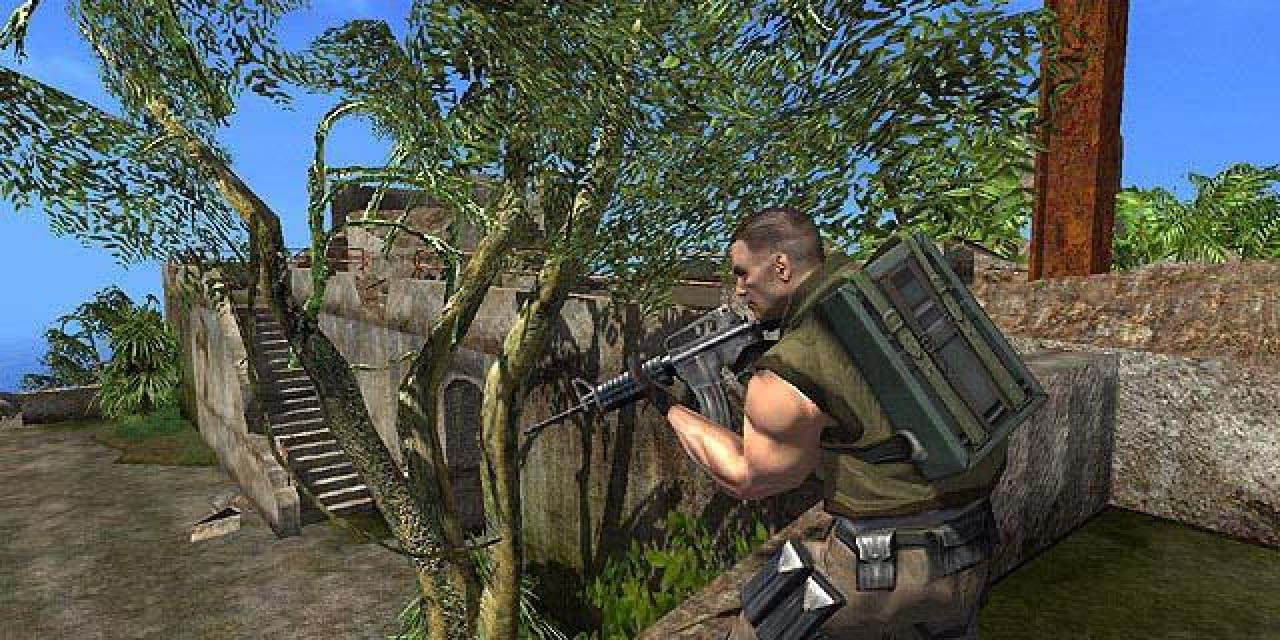

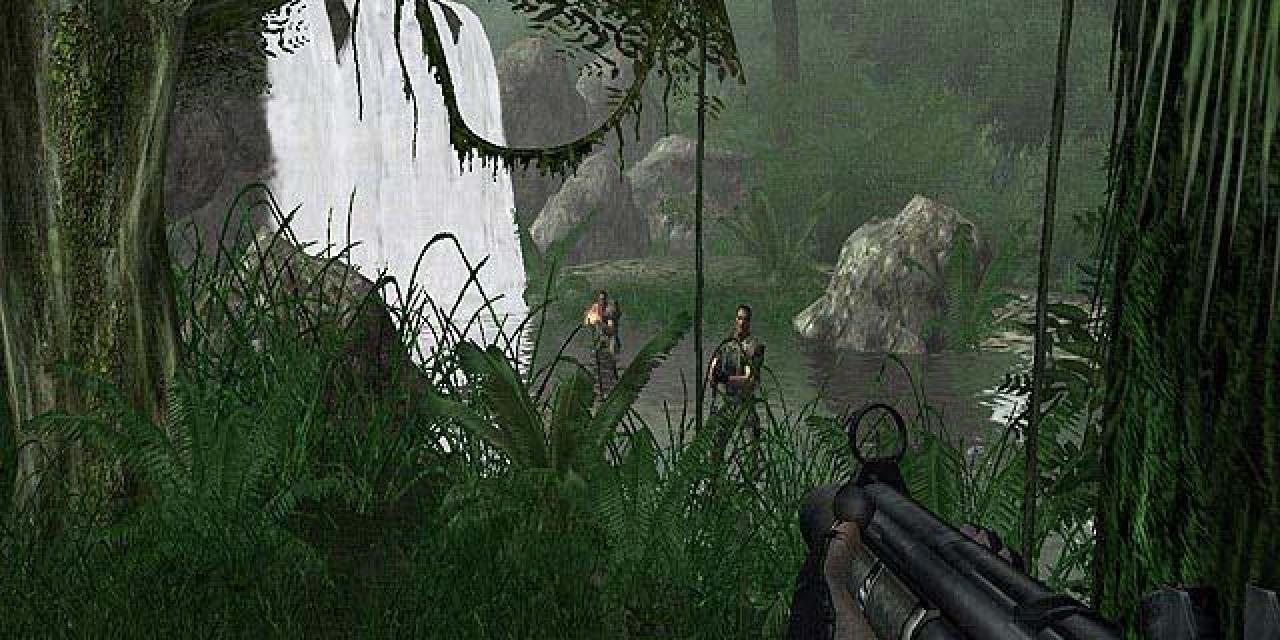
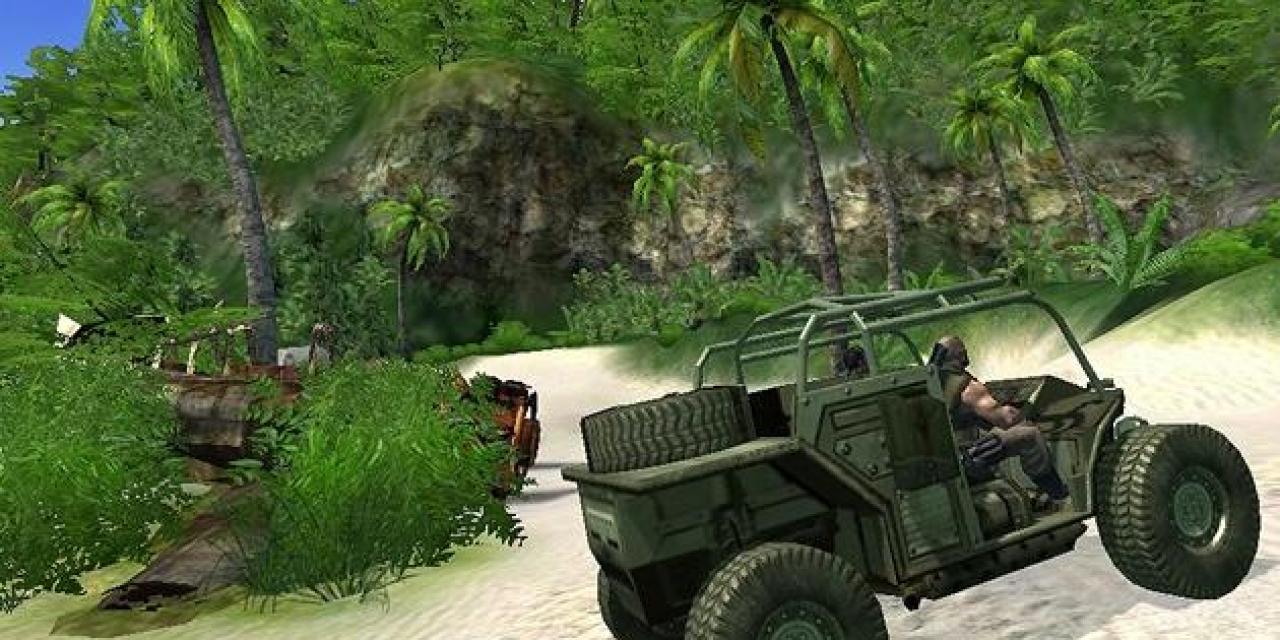
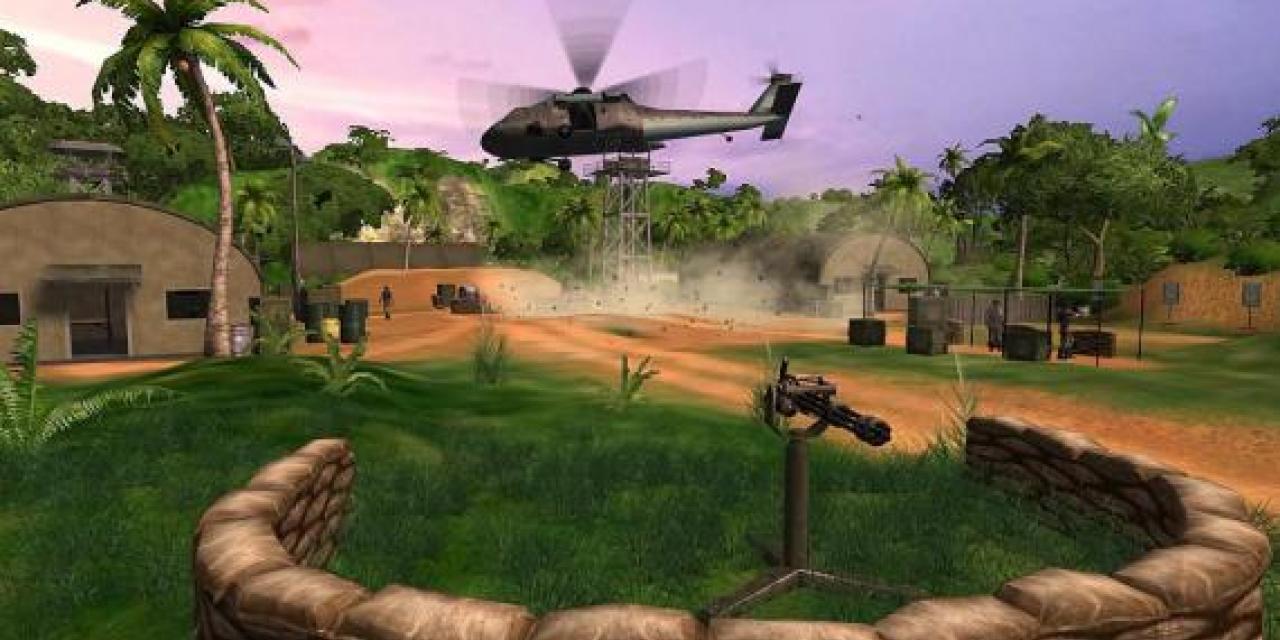
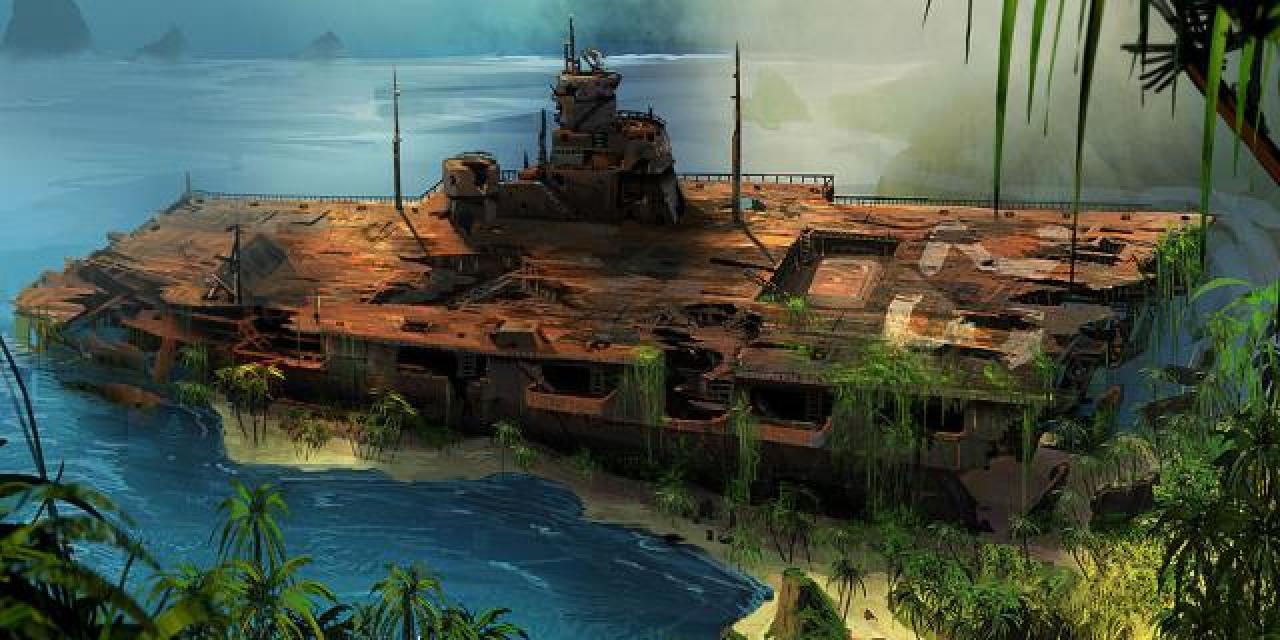
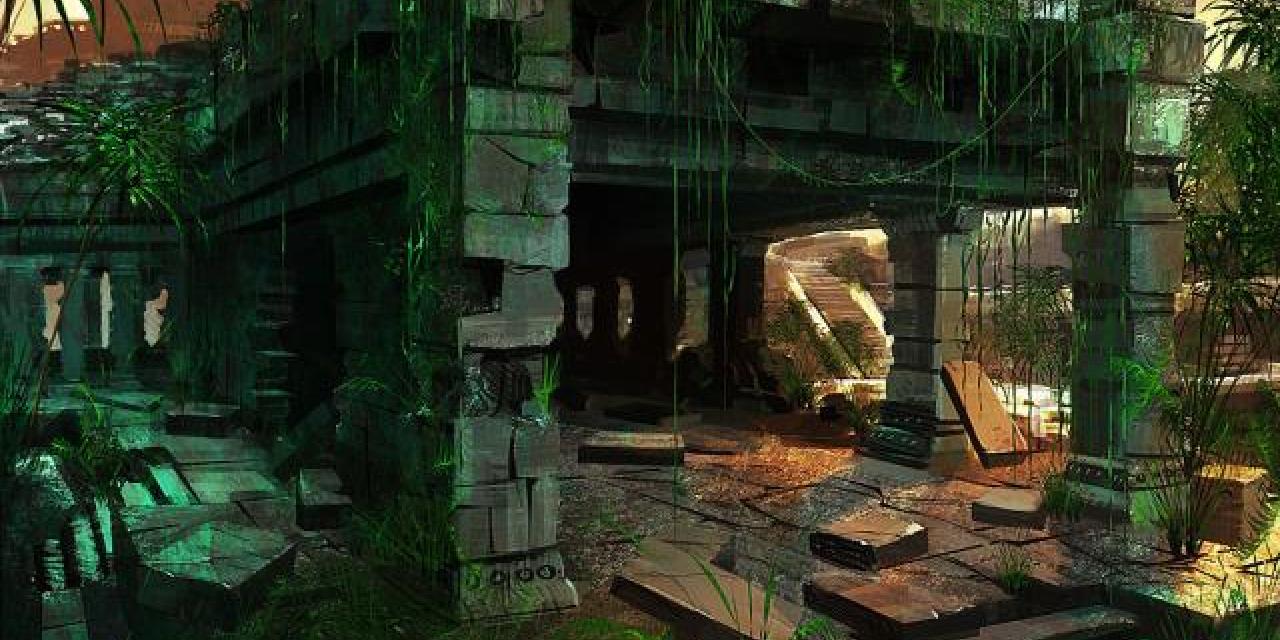
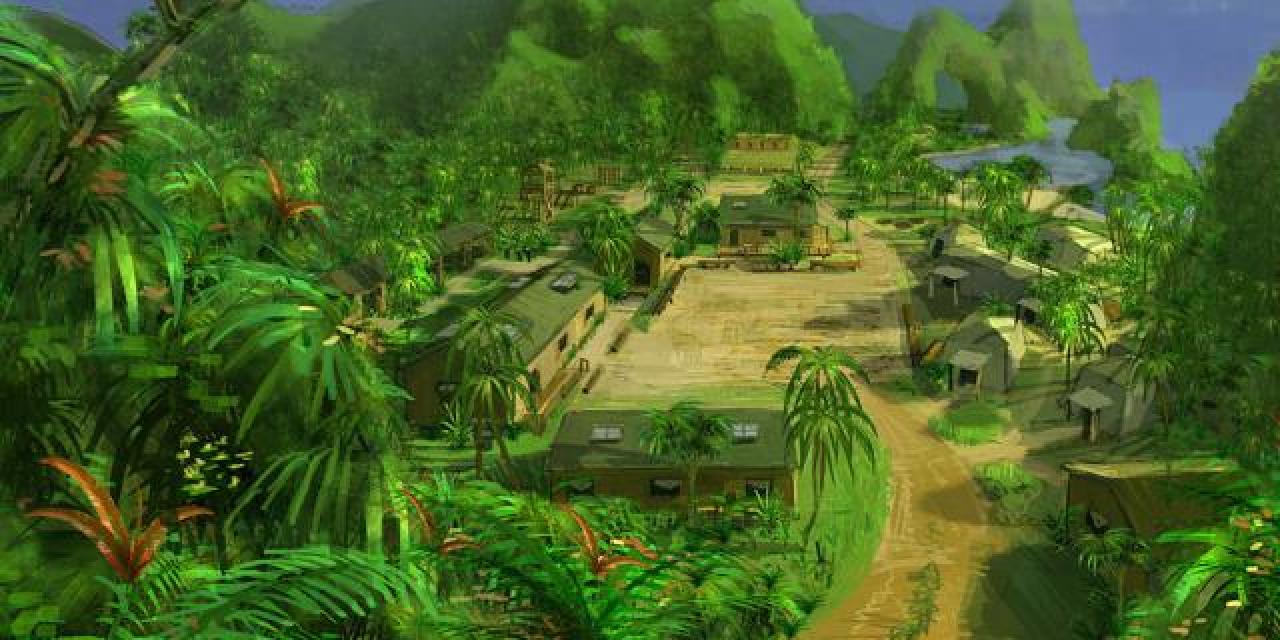
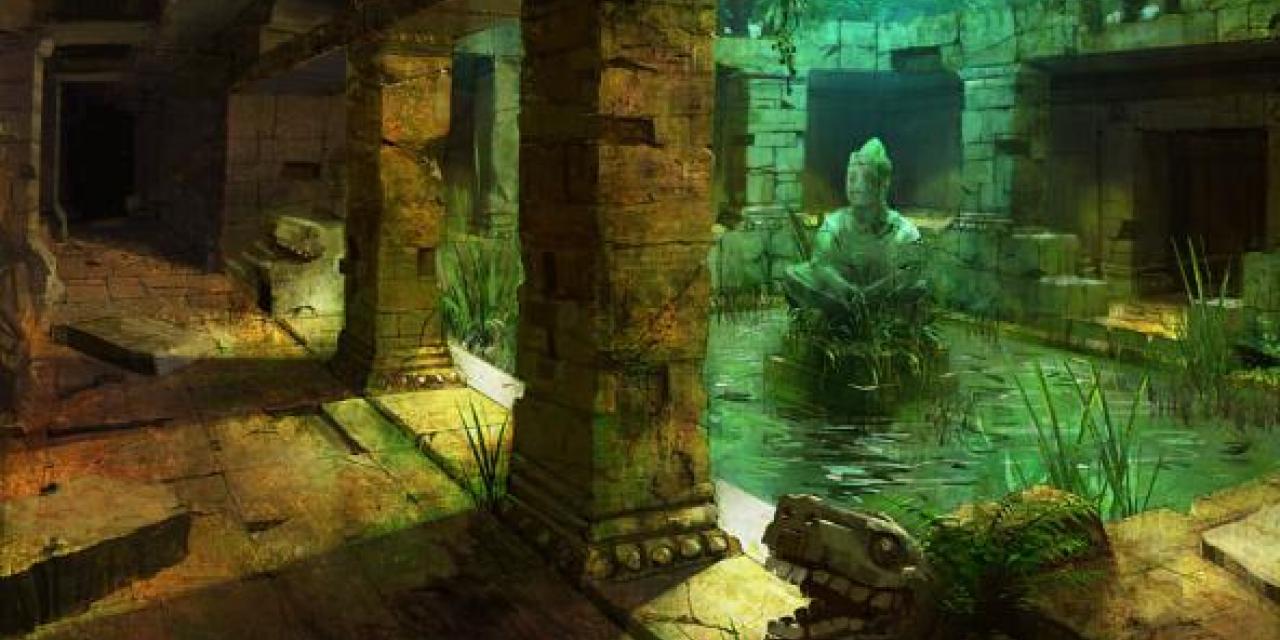
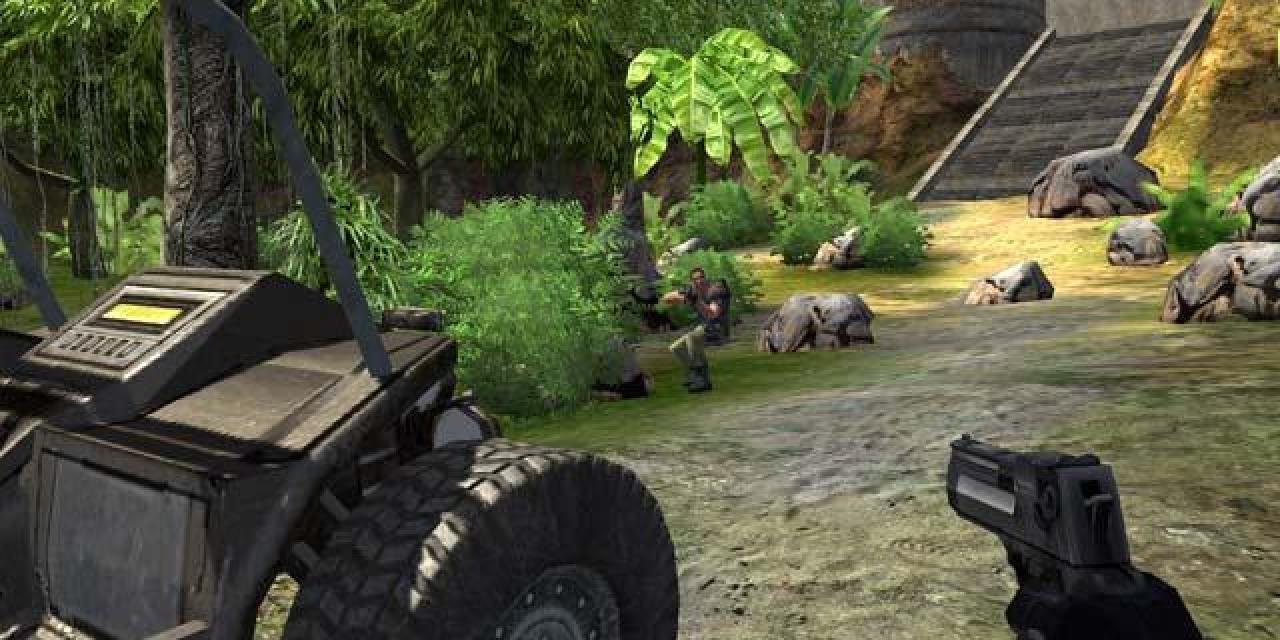
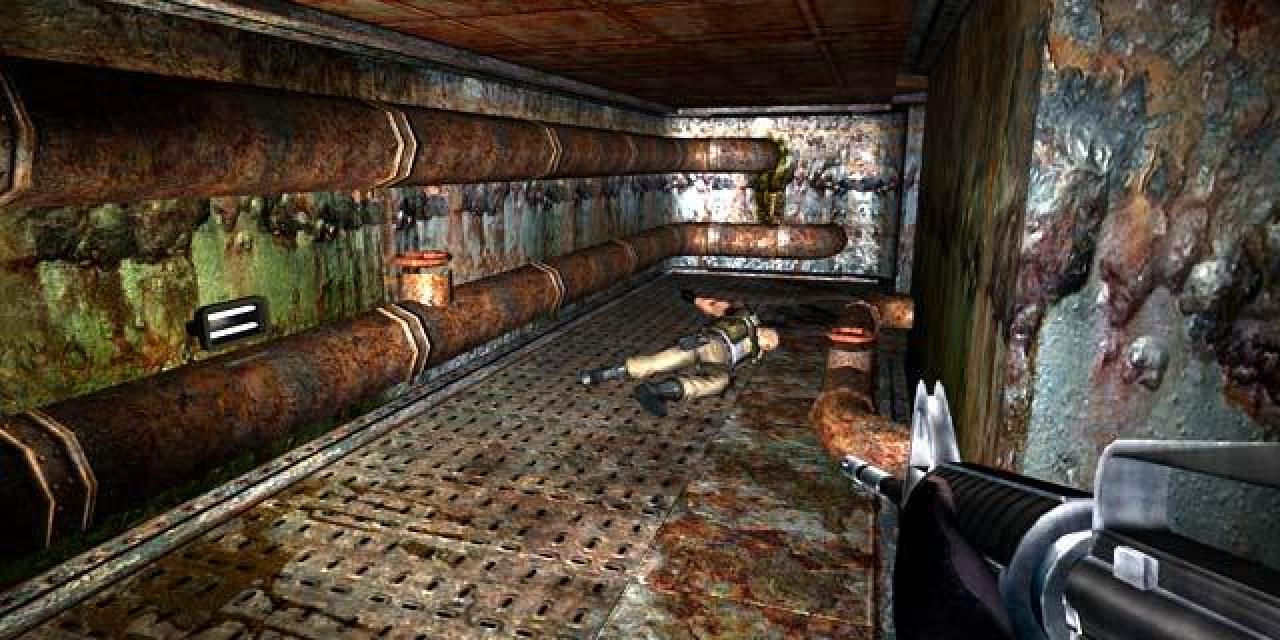
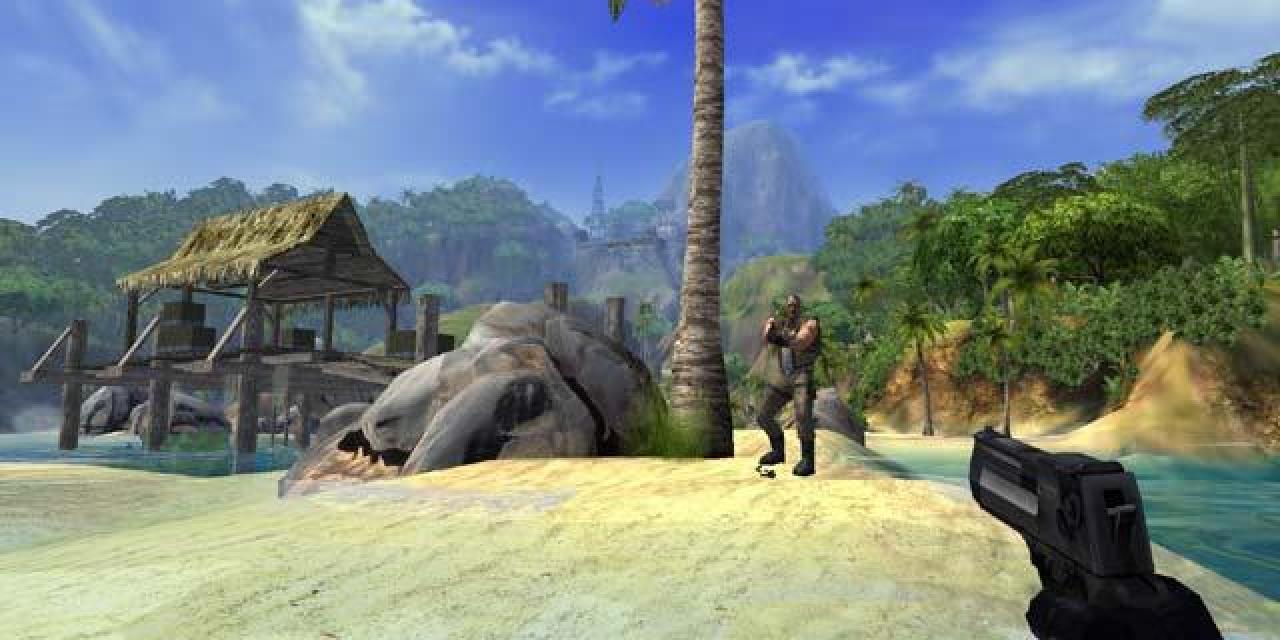

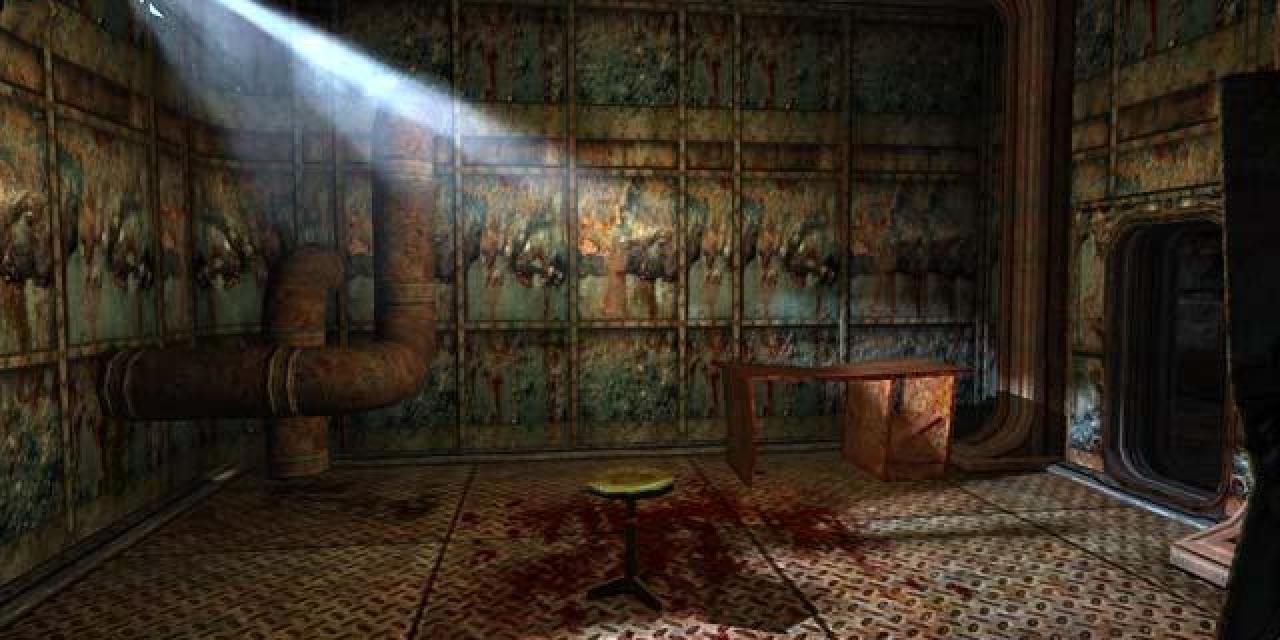
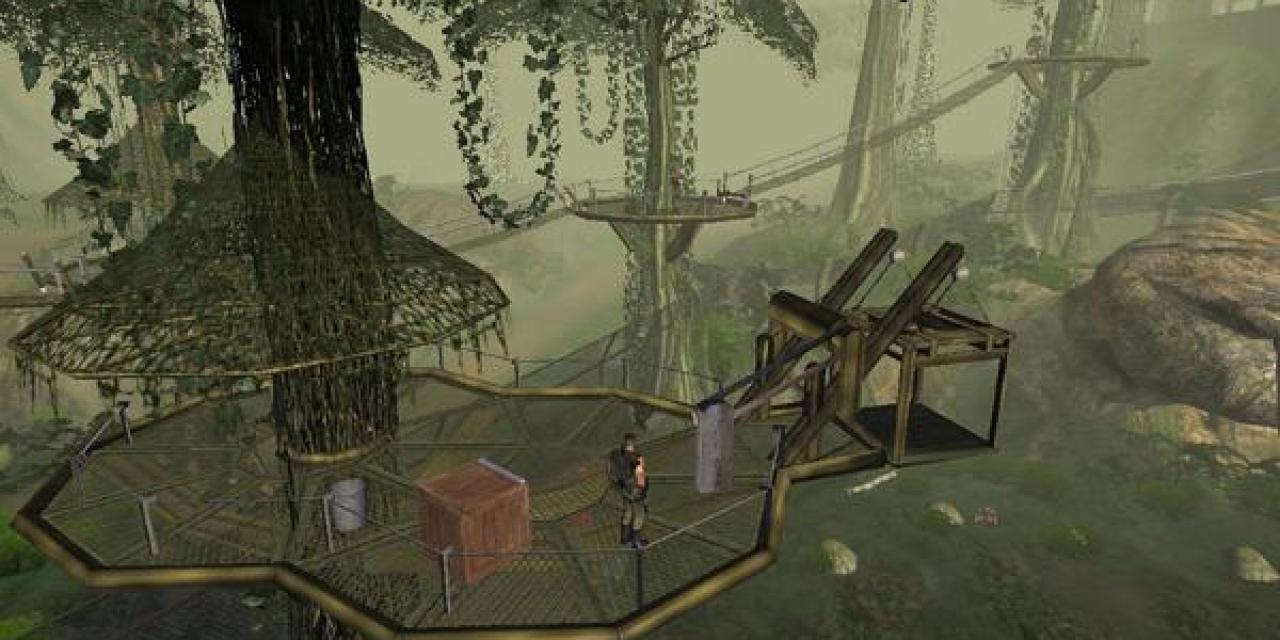
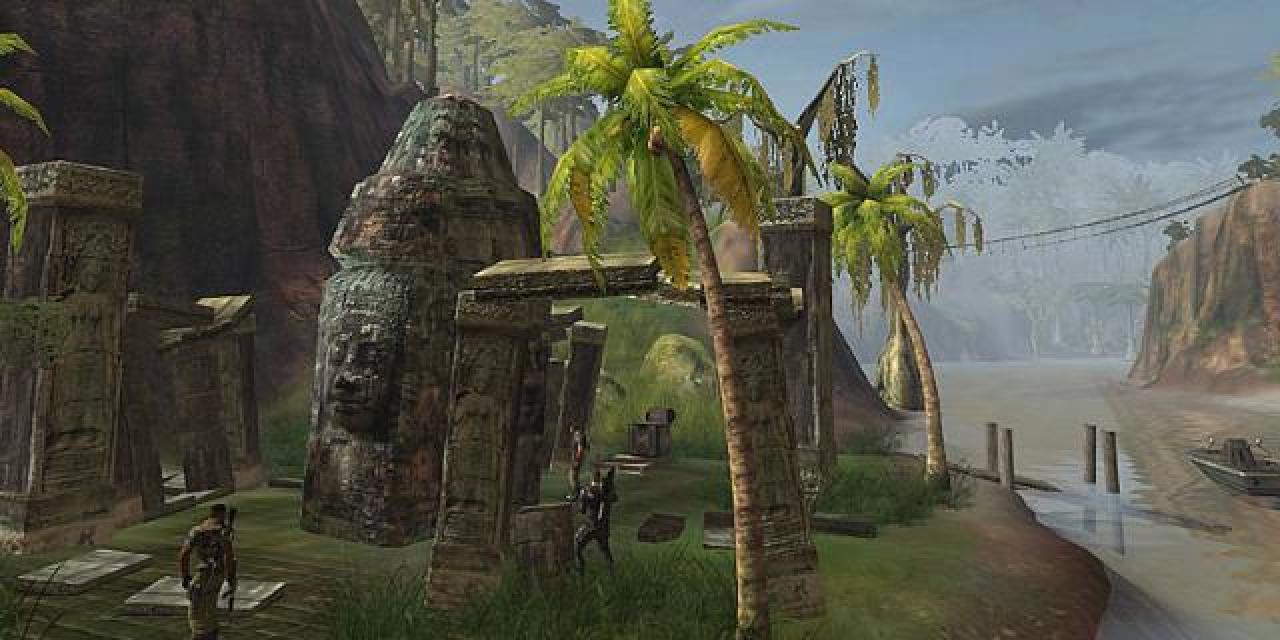
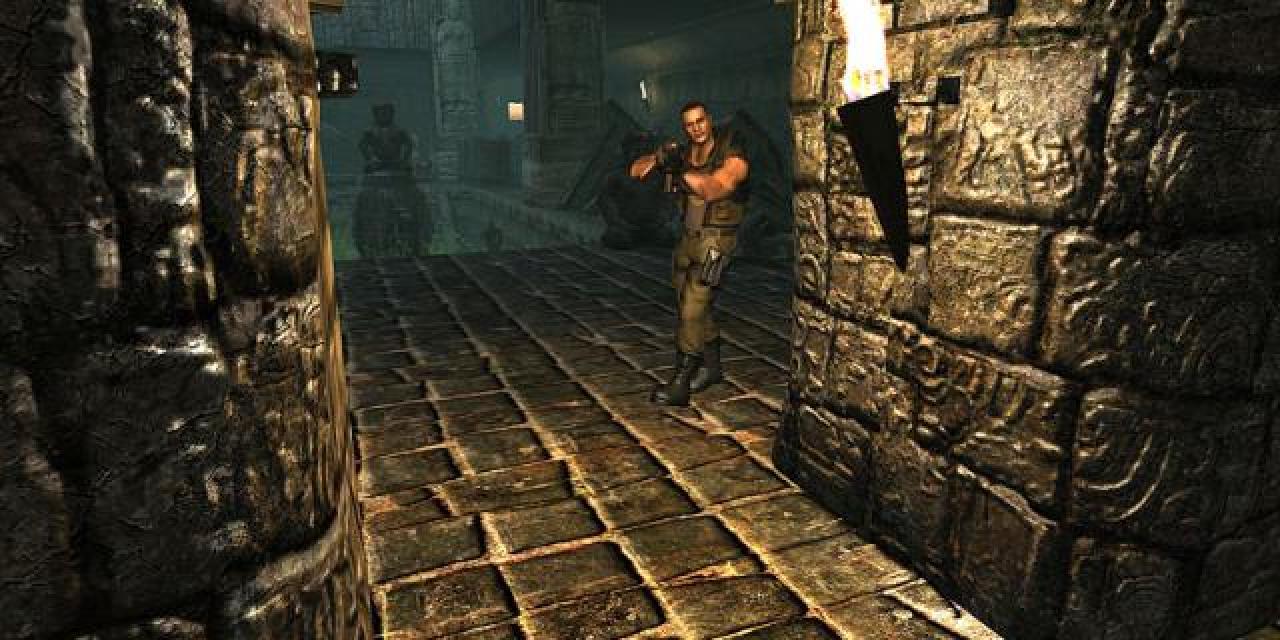
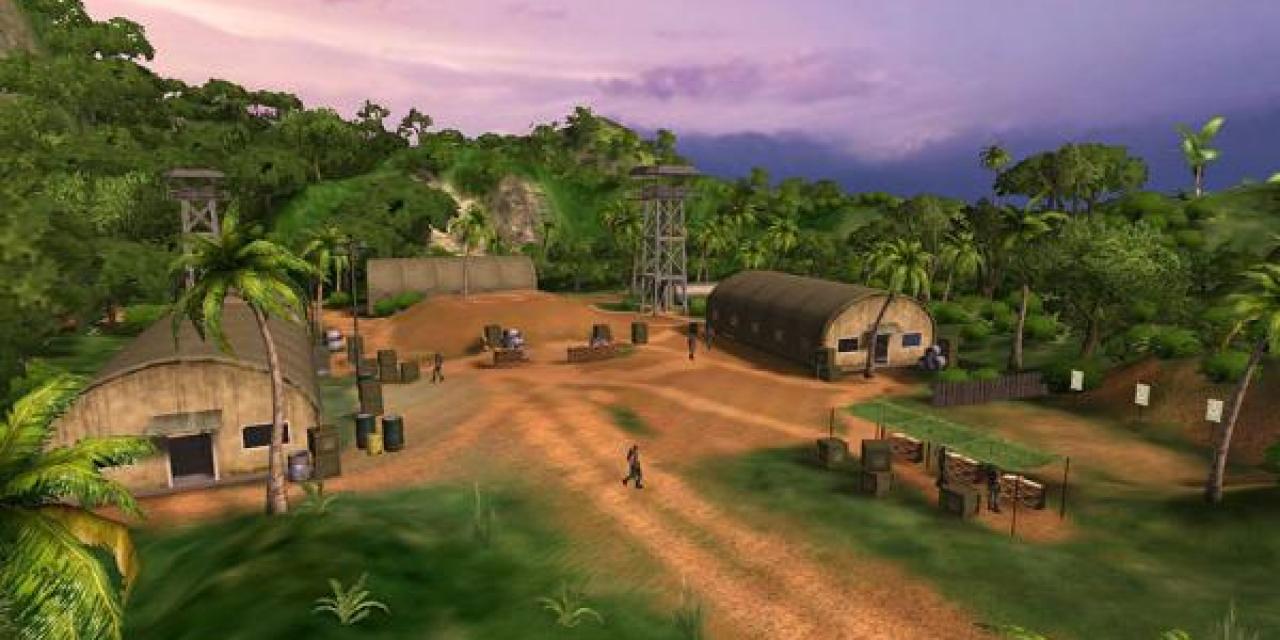
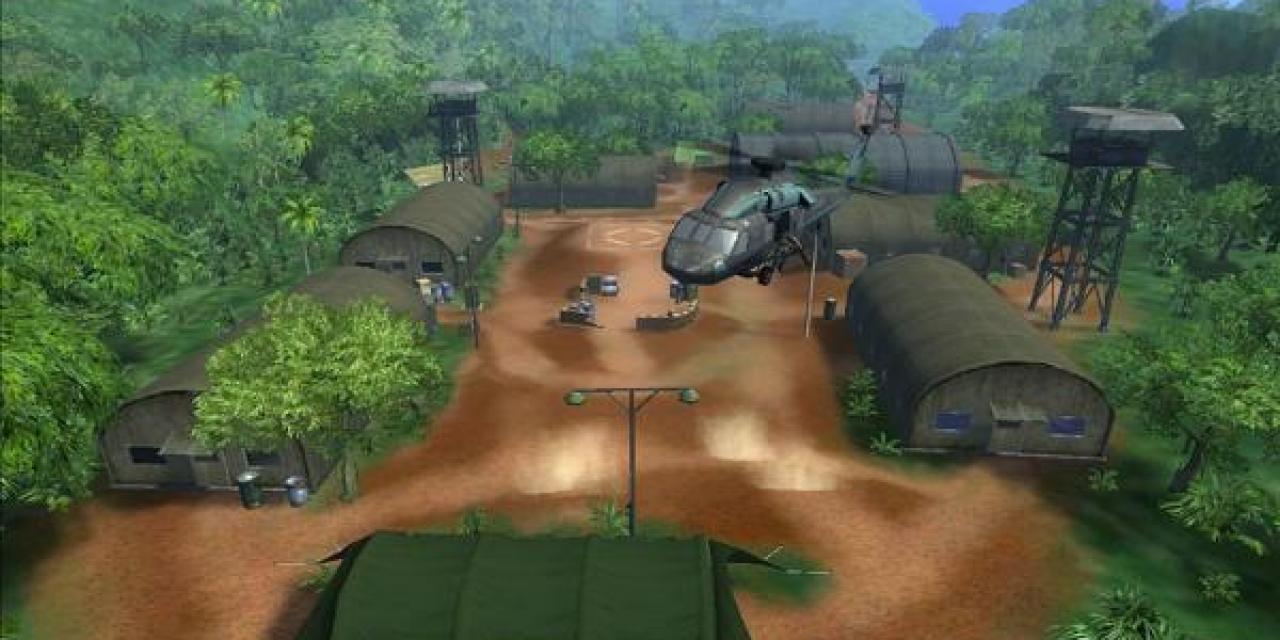
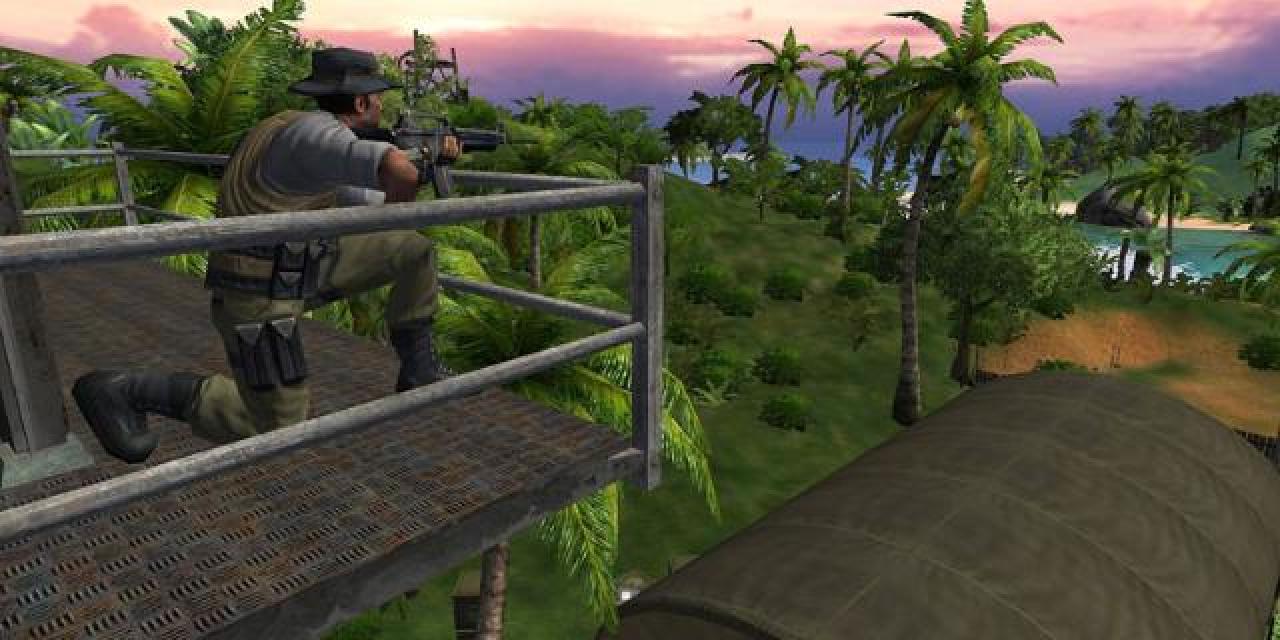
Far Cry has traveled a long way since its conception by German developer, Crytek. What we now know as Far Cry, the upcoming game, started life as a technology demo for nVidia's nfinite-FX engine, called X-Isle featuring a tropical island and plenty of Dinosaurs. So impressed were the Crytek team with the results that they decided to put their other two projects, Engalus and Silent Space, on hold in order to concentrate all their efforts on Far Cry. The results have, so far, been mighty impressive with the game winning the coveted Best of Show title at this year's ECTS exhibition.
At the heart of Far Cry lies Crytek's CryEngine which is their real commercial effort, this makes Far Cry ..well pretty much a tech demo still. But the entire company was built around Far Cry, with developers realising that they needed a structure to support their ambitious effort.
As a company, Crytek faced a number of challenges. They started everything based on
nothing more than a tech-demo, without even an office in place. They started by creating technologies and tools and of course, CryEngine. Crytek's CEO and President, Cevat Yerli explains, We had to create successful prototypes of our core-gameplay. We had to establish a company and its organization. We had to create tools more productive than conventional tools to make-up for our lack-of experience, for the majority of the team Far Cry is the first game ever to ship! Our expectations were never success really, what drove us was to have no fear and the strong desire to innovate in any single element of the game.
Story
As we all know any self-respecting tech demo needs a good story if it wants to take it to the next level and become a successful game. Far Cry attempts just that by introducing us to Freelance mariner Jack Carver. He is cursing the day he ever came to this island. A week ago, a brash female reporter named Valerie had offered him an incredible sum of cash to take her to this unspoiled paradise. Shortly after docking, however, Jack's boat was greeted by artillery fire from a mysterious militia group swarming about the island.
With his boat destroyed, his money gone, and the gorgeous Valerie suddenly missing, Jack now finds himself facing an army of mercenaries amidst the wilds of the island, with nothing but a gun and his wits to survive. But the further he pushes into the lush jungle canopy, the stranger things become. Jack encounters an insider within the militia group, who reveals the horrific details of the mercenaries'true intentions. He presents Jack with an unsettling choice: battle the deadliest mercenaries, or condemn the human race to a maniac's insidious agenda.
Considering that Far Cry evolved from Crytek's efforts to create an engine it is simple to conclude that the technology behind it is of paramount importance to the company. They take a great deal of pride in their creation and expect a lot from it. So let's find out a bit more about the driving force behind Far Cry.
CryEngine
If you are one of those people that skips the technology section considering it a load of tech-terms with no actual impact on gaming, think again. Here are just some of the gameplay features that Crytek promise technology will bring to Far Cry.
When your character moves through the thick foliage the grass will make a rustling sound which will follow character movement, once you step on the grass it will look stepped-on, allowing you to identify where your enemies might be or them to locate you. All shadows will be cast in real time, allowing players to cast their own shadow over their weapons. Shadows will differ depending on the material they are cast on. CryEngine will also extend your visibility from 200m to a full kilometer (just over half a mile). Such a dramatic change will increase the significance of long range gameplay and will also make sniping a necessary skill.
CryEngine (CE) was designed to provide, pretty much, an all-in-one means of creating a game. That means that CE includes, real time editing, bump mapping, static lights, a network system, an integrated physics system, shaders, shadows and a dynamic music system. Highlighting CryTek's ambitious, mass-market plans is the fact that the engine supports all video and hardware currently on the market.
Scalability was an issue and this far the engine's minimum requirements, as expressed through those of Far Cry are: P3 or AMD equivalent, 800 MHz, 256MB Ram and a GeForce3. The current Crytek recommended specs are: P4 or AMD equivalent, 3GHz, 512MB Ram and Radeon 9800 Pro.
In order to help you understand the jargon behind the technology, here are some of the terms used by CE and a brief description:
CryEDIT: a real-time game editor offering "What you see is what you PLAY" feedback.
Renderer: integrates indoor and outdoor technology seamlessly. Offers rendering support for OpenGL & DirectX 8/9, XBox using latest HW features, PS2 and GameCube.
Physics System: supports character inverse kinematics, vehicles, rigid bodies, liquid, rag doll, cloth and soft body effects. The system is integrated with the game and tools.
Character Inverse Kinematics & Animation Blending: Allows a character model to have multiple animations while looking believable.
AI System: Enables team based AI and AI behaviors defined by scripts. Ability to create custom enemies and behaviors without touching the C++ code.
Interactive Dynamic Music System: Tracks and responds to the player's actions and
situations and offers CD Quality playback in full 5.1 surround sound.
Environmental Audio & SFS Engine: Ability to accurately reproduce sounds from nature with seamless blending between environments and interior/exterior locations in 5.1 audio. Includes EAX 2.0 audio support.
Network Client and Server System: Manages all network connections for the multiplayer mode. It is a low-latency network system based on client/server architecture.
Shaders: A script system used to combine textures in different ways to produce visual effects. Supports real time per-pixel lighting, bumpy reflections, refractions, volumetric glow effects, animated textures, transparent computer displays, windows, bullet holes, and shinny surfaces.
Terrain: Uses an advanced heightmap system and polygon reduction to create massive, realistic environments. The view distance can be up to 2km when converted from game units.
Lighting and Shadows: A combination of precalculated, real time shadows, stencil shadows and lightmaps to produce a dynamic environment. Includes high-resolution, correct perspective, and volumetric smooth-shadow implementations for dramatic and realistic indoor shadowing. Supports advanced particles technology and any kind of volumetric lighting effects on particles.
Fog: Includes volumetric, layer and view distance fogging to enhance atmosphere and tension.
Tools Integration: Objects and buildings created using 3ds max or Maya are integrated within the game and editor.
Polybump: Standalone or fully integrated with other tools including 3ds max.
What makes Far Cry appealing and has gradually made it into one of the most anticipated game is the series of changes and innovations it will attempt to introduce into the F.P.S. genre. Changes which while creating a buzz around the game, have also brought forth doubts as to the feasibility of such attempts based on current technology.
Far Cry is a non-linear action FPS with a full range of tactical action. You can attack head-on, use tactics and caution, play stealthily or long-range, it's all possible as an attempt by the developers to make the game follow the players needs. This idea of a non-linear FPS game is interesting although many claim it is almost impossible to pull-off. Crytek's CEO and President, Cevat Yerli claims We think it's an evolution in FPS design. The first FPS shipped with simple graphics, yet with shooting experience, they were followed by shooters with nice graphics, followed by shooters with nice graphics and story-telling, now followed by shooters with nice graphics, storytelling and physics.
In Far Cry we evolve even further into a shooter with 'nice' graphics, storytelling, physics-gameplay, non-linearity and emergent design. Designing the game required re-thinking of the way you design your AI, Weapons, Physics, Game-Rules, but it did work because we treated every element of player-choices and interaction elements as systemic in its design and implementation. Nothing was programmed for special cases, rather followed either a rule-set (game-law), mathematical or physical laws. Combining these systems allows emergent (open, non-linear, adaptive...however you want to call it) gameplay.
Multiplayer
No self-respecting FPS Hit title can expect to go far without a multiplayer option and in this respect Far Cry developers have demonstrated their determination. It is suspected that last week's announcement of a Q1, 2004 launch date rather than a Q4, 2003 release, was a direct result of the company's decision to wait until the multiplayer experience had been perfected. It is logical to draw such conclusions since the announcement of the delay also included information about the hiring of two new members to the multiplayer development team.
Chris Auty joined the Far Cry team with an impressive resume of FPS experience. As a leader within the FPS community, he is probably best known for his distinctive map designs, especially within the Counter Strike culture. Auty is famed from his design of the Inferno and Aztec maps in Counter Strike. His influence is evident in the development of some of the most prolific shooting games ever created. He led design teams for Half-Life: Counter Strike and James Bond 007: Nightfire, and has contributed to Half-Life: Day of Defeat, Counter-Strike and Condition Zero. Auty's name is an attempt by Crytek to bring some practical and commercial multiplayer experience to their team.
I came to Far Cry to work on the next great shooter; the team here at Crytek has raised the quality bar in terms of visuals, gameplay and AI standards of a FPS game, said Auty. Far Cry's engine is amazingly adaptive to new types of gameplay, making designing multiplayer levels one of my best creative experiences to date.
Richard Tsao was the other recruit to Crytek's Far Cry multiplayer team. He joined as MP producer following a string of successful projects, including leading the teams for Asheron's Call 2, Dungeon Siege and MechWarrior 4. Tsao will also attempt to add experience in the handling of Far Cry's multiplayer and mod communities.
In regards to technology, everyone will remember Far Cry as the game that introduced the next wave of "must have" FPS features, said Tsao. People will undoubtedly credit Far Cry for driving the genre forward.
With such ambitious moves Crytek have already grabbed our attention but wait 'till you read their plans for the Far Cry MP experience.
According to the developer, Far Cry MultiPlayer will feature a variety of decoy tricks which will attempt to lure enemies while you lie in hiding. One such example will be remotely firing guns, which will attempt to simulate a fire-fight attracting desperate enemies. Another similar tool will be the use of smoke signals which will be used to attract friends or enemies, depending on your mood. Besides the suspense-building tricks, Far Cry MultiPlayer will also rely on established MP classics such as Death
Match and Team Death Match modes as well as its own Assault mode. Mods allowing for Co-Op play are also expected.
Each map will be a 4 KM square allowing plenty of space for the 32 supported players to move about in, setting their traps or planting their decoys. Movement within the square will be assisted by the availability of vehicles such as Buggies, Hummers, Inflatable Boats, Speedboats, Paragliders, Trucks and Forklifts. Crytek claims the extensive support they will offer the modding community will make it simple for further vehicles to appear.
AI and Weapons
The weapons available will be technically enhanced versions of currently available firearms.
So although the game is set in the future, expect the popular MP5, a shotgun and an enormous rocket-launcher.
Crytek claim the A.I. in Far Cry will not be scripted, since H-L 2's similar claim has come under suspicion, it is interesting to see if Crytek will go ahead with their attempt, their non-scripted claim preceds last month's H-L 2 revelations.
Despite that little detail it has to be said that the A.I. is the featured that impressed, the MG team that tried the game, the most. The reaction of your enemies is always different and allows them to make use of all possible hiding places and tools at their disposal. They will also withdraw, if a comrade is near-by, regroup and even try to sneak behind you.
Mr. Yerli says Every AI is created when the level is loaded, so they follow their duties and personal desires (to scratch their head or talk to somebody), but will react to any intrusion from the gamer, based on sensory modeling (hearing and seeing). Depending on what he saw (how much, how far etc.) or what he heard (interesting or threatening, how far?) he will decide how to pursue the gamer. And in many cases the AI will apply group-tactics (outflanking, reinforcements, cover-fire etc.) to offer you a nice and dynamic (unscripted) challenge!
You know, although Far Cry and H-L 2 are similar, as the latest and most impressive high-tech FPS titles, their fortunes seem diametrically opposed. Far Cry started life as a tech-demo and evolved to a highly anticipated title, while H-L 2 became highly anticipated before even beginning development and has slowly faded to the background since. Comparing the two games is not really the point, both will be impressive and will sport extremely high production values, both will be worth the money you WILL spend on them. It just seems that this time around, the company taking the big risk and going after the edgy title which brings a sparkle to the gamers eye, is Crytek and not Valve.
The big bet for Crytek, of course, is to deliver on the hopes they have raised. If Far Cry falls short of anything but stunning, it will reflect badly on the developer and their future plans for CryEngine. And although everyone appreciates their vision and the sheer magnitude of the project they have undertaken, it is also understood that the gaming market is judged by the end product.
No, if any comparison between Crytek and Valve is to be made, it has to focus on the original Half-Life and the big challenge Valve took on when they unleashed it on gamers all over the world. This comparison provides a better analogy since it allows for the raw power provided by the promise of something different, a promise that Far Cry now offers. Granted, Far Cry is attempting to use old H-L tricks like modding, community support and even people like Chris Auty who worked on the original but as we said earlier the product will determine everything and if it retains the addictive appeal of the version we tried this September, then it is bound to succeed.
For further information and video footage of the game follow the download tab above.
File information
File name: far_cry_320x240.wmv
File size:
Mime type:

